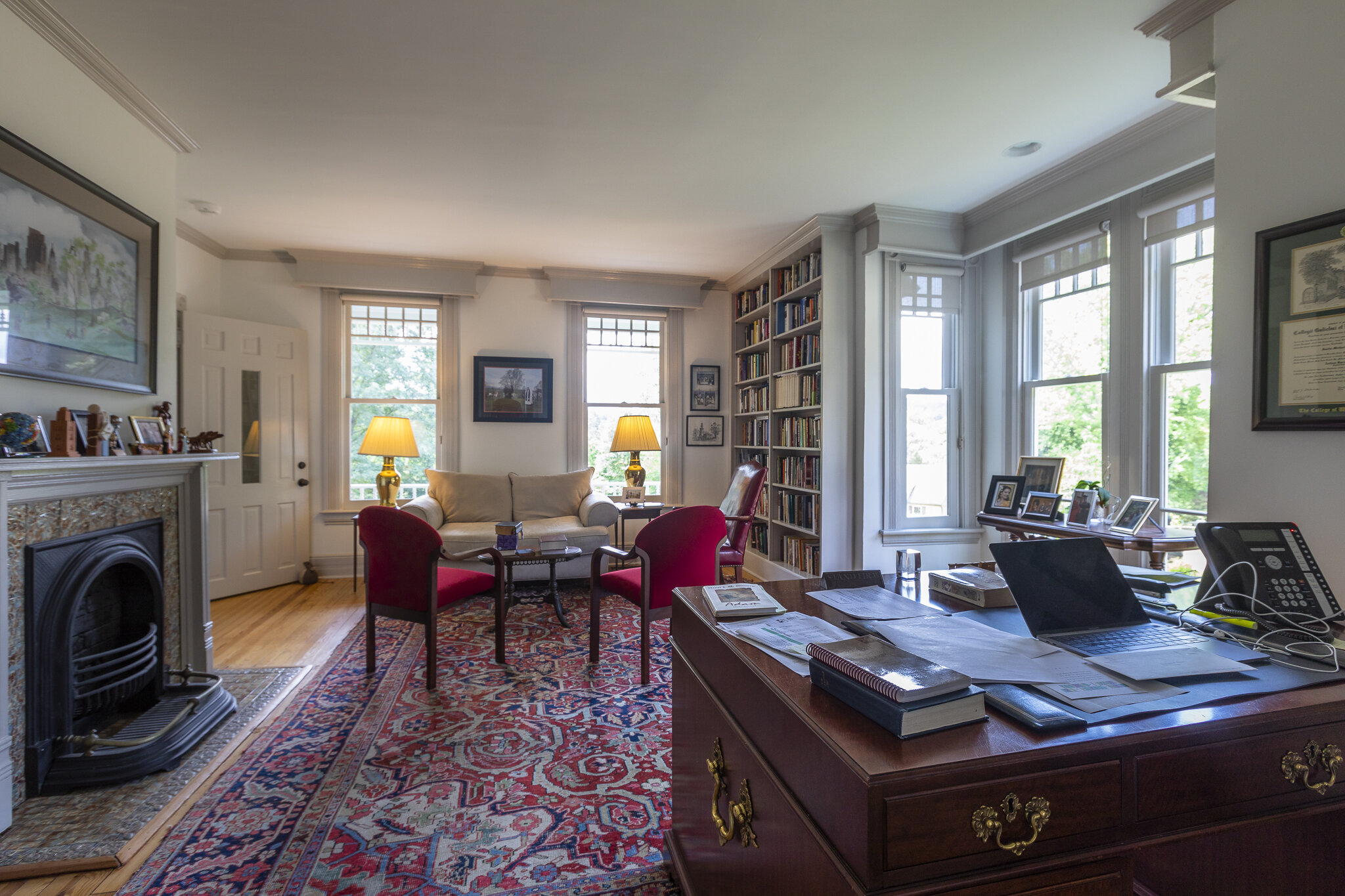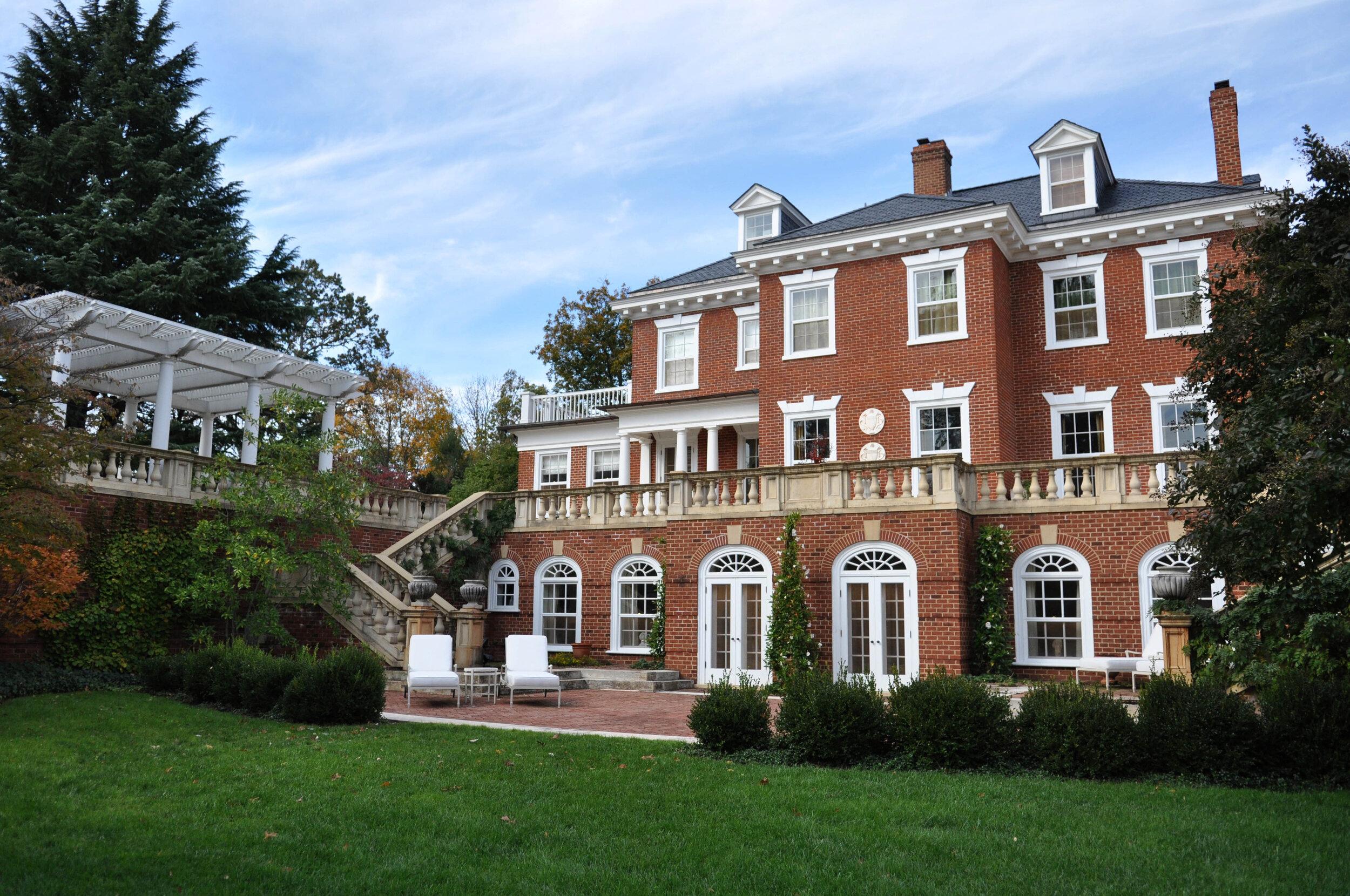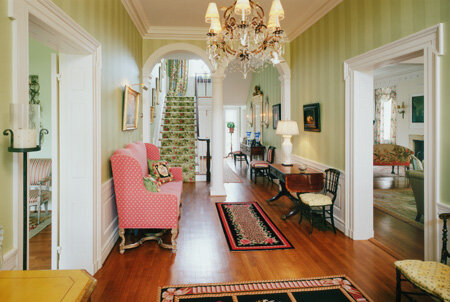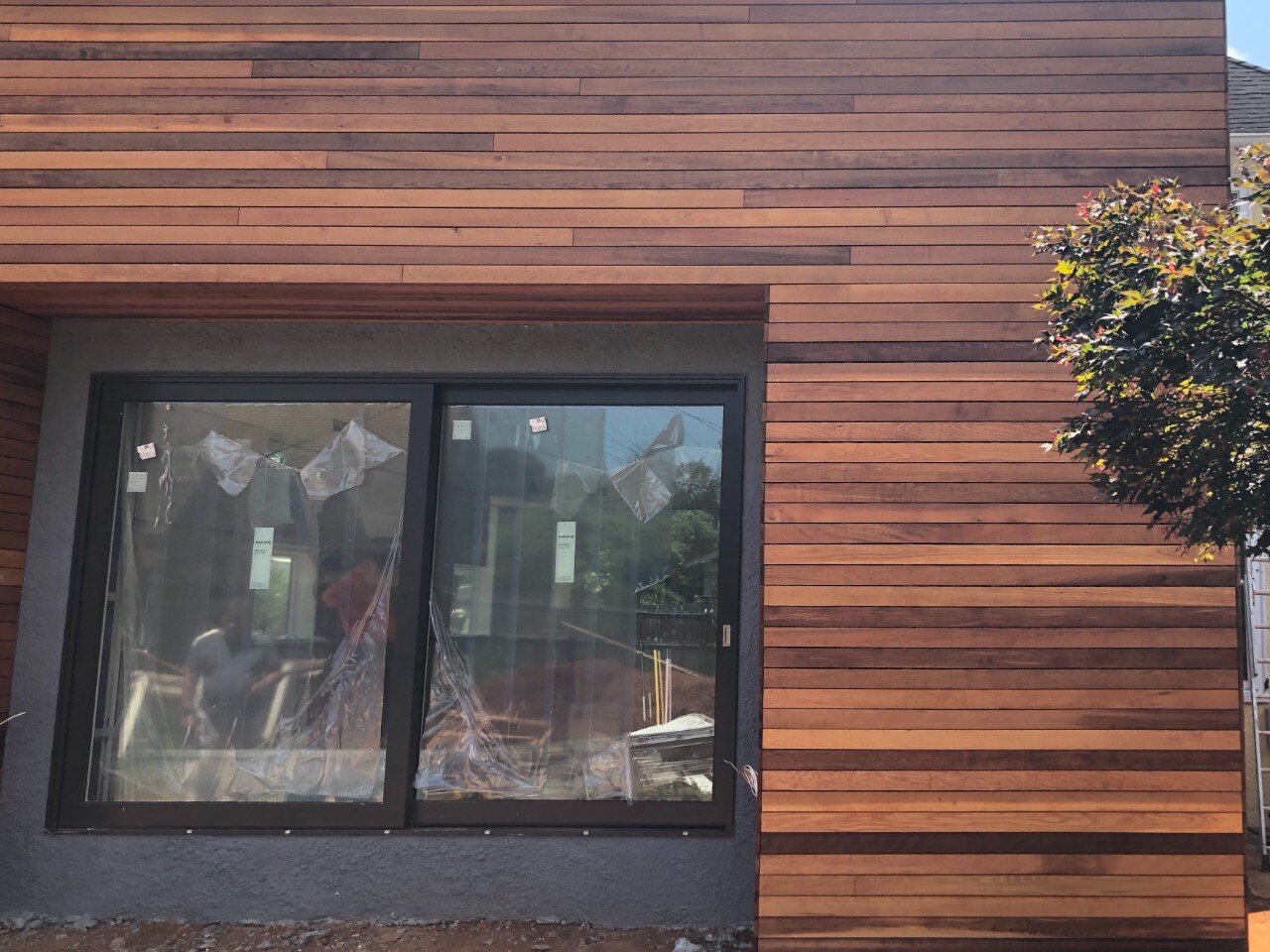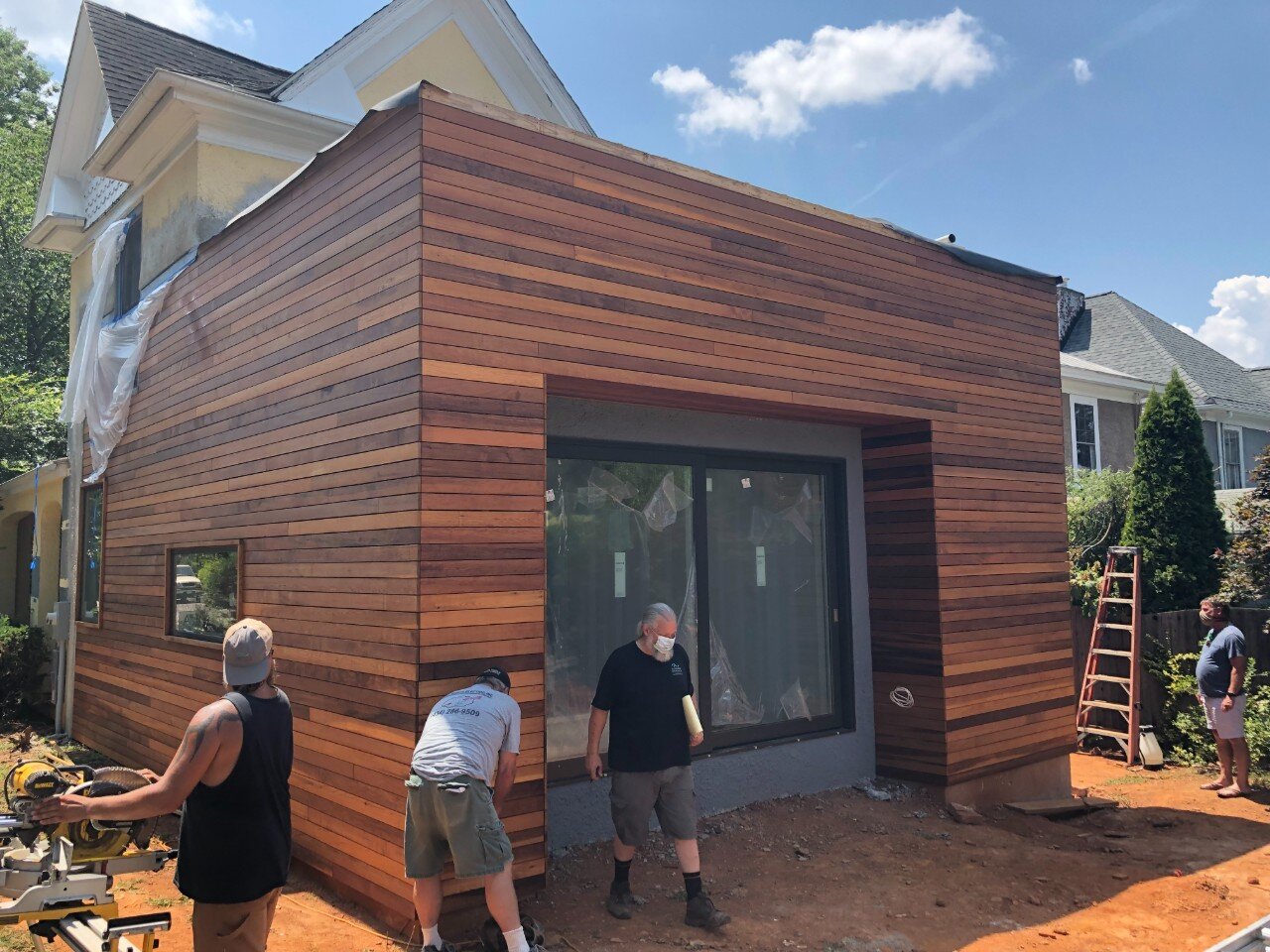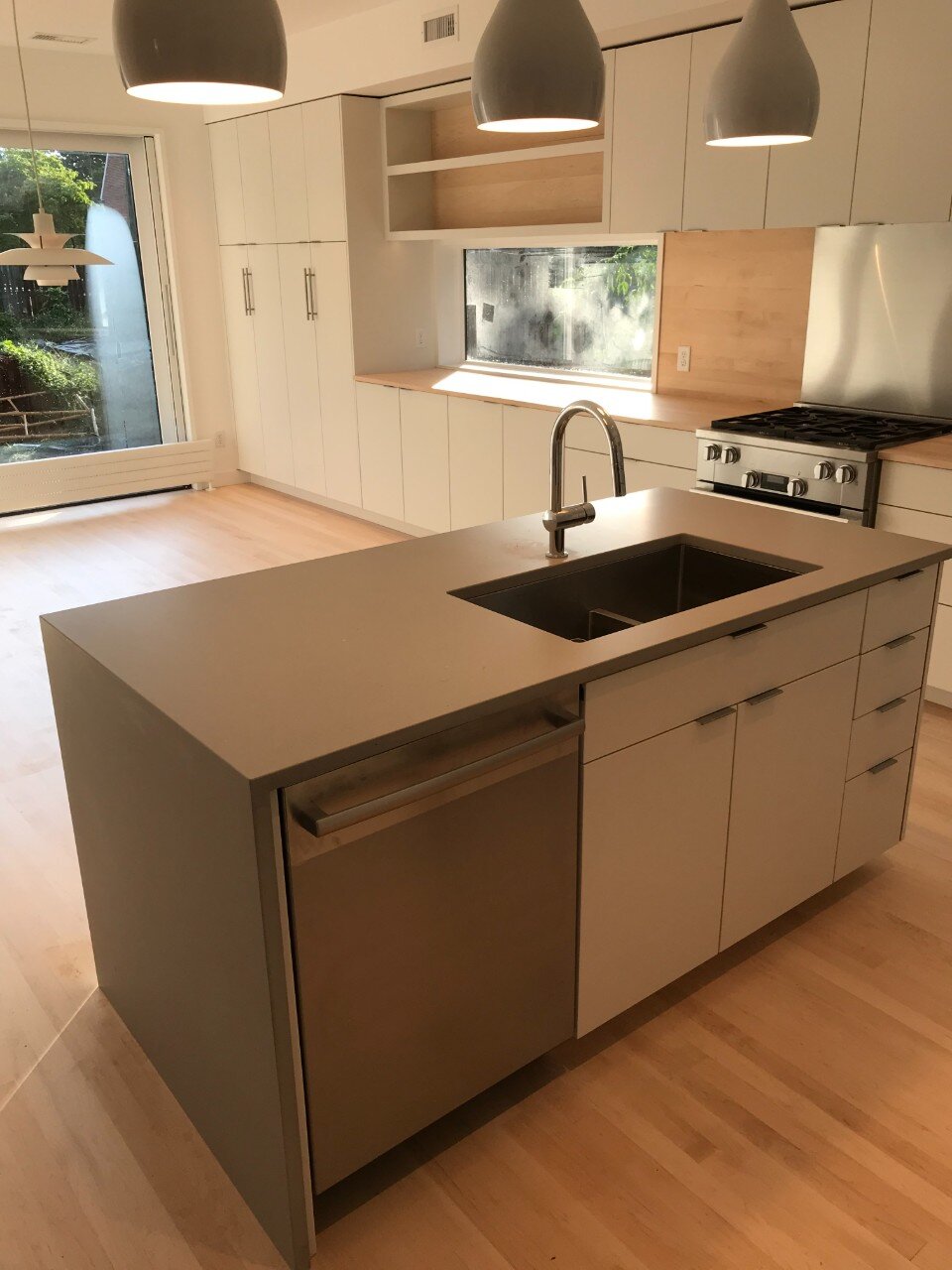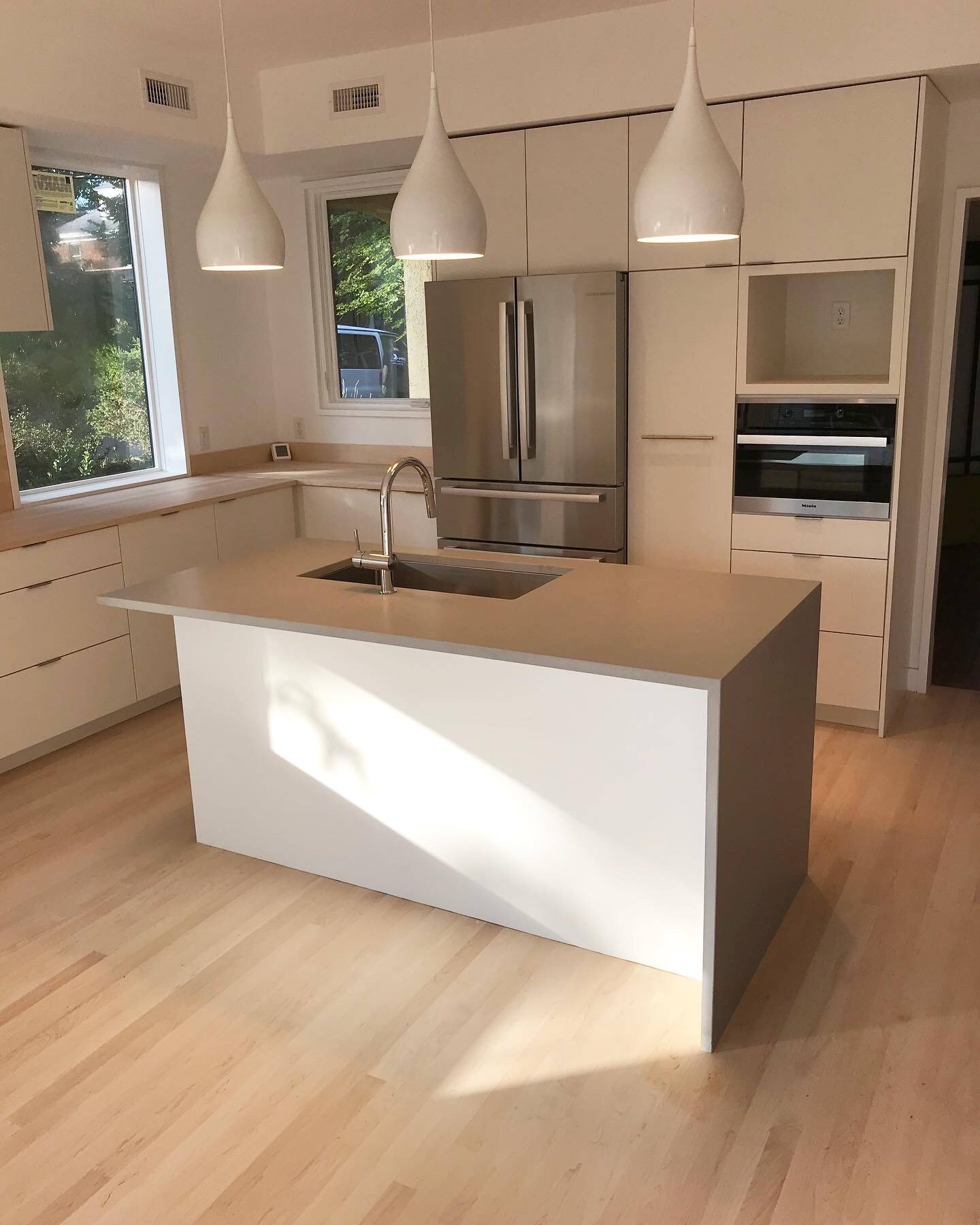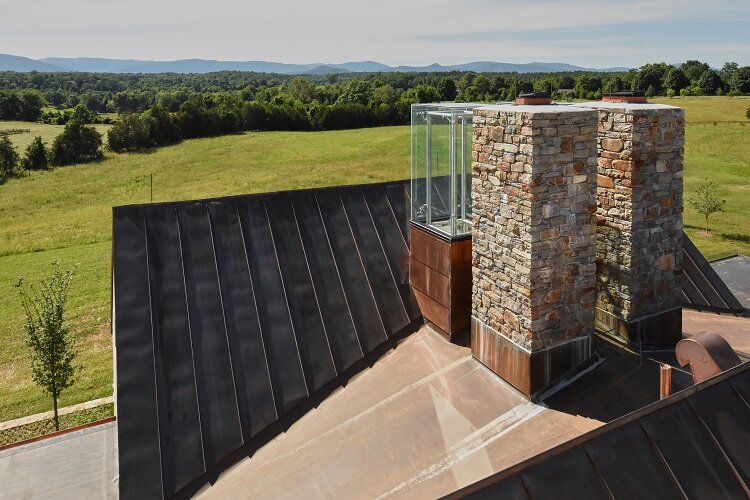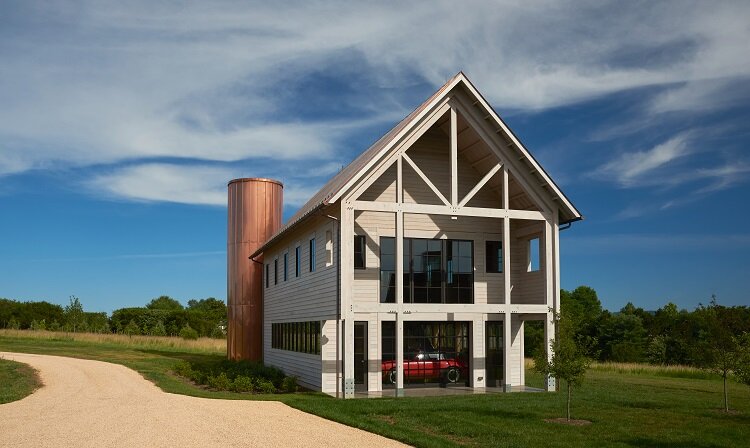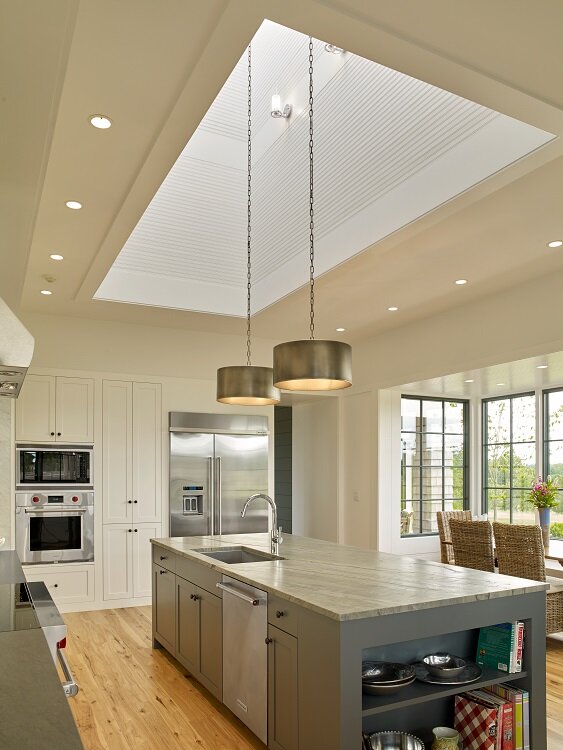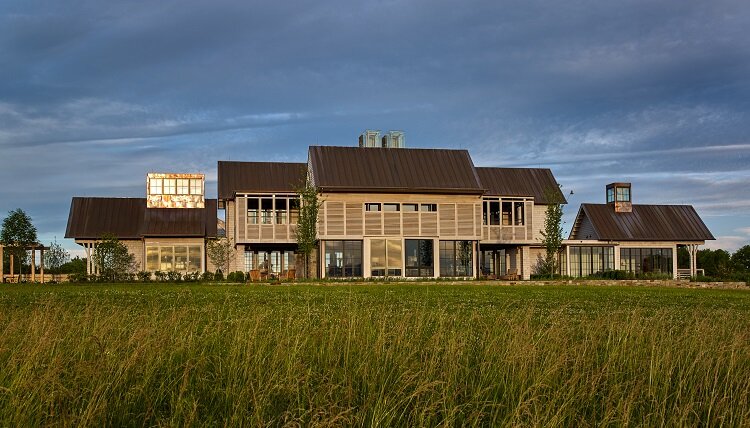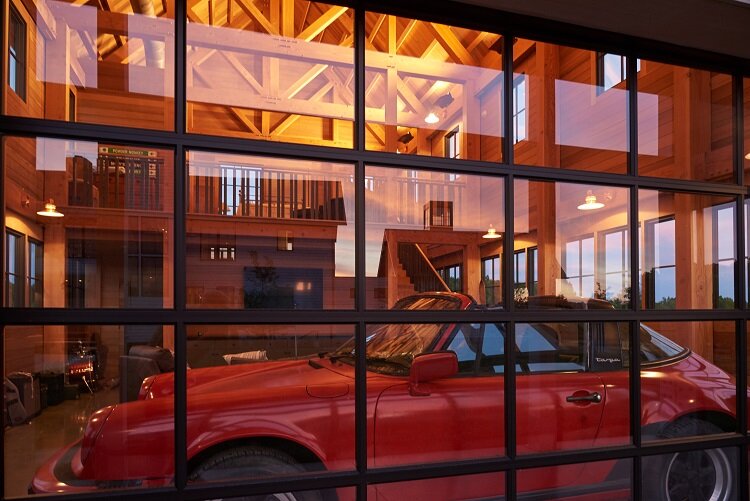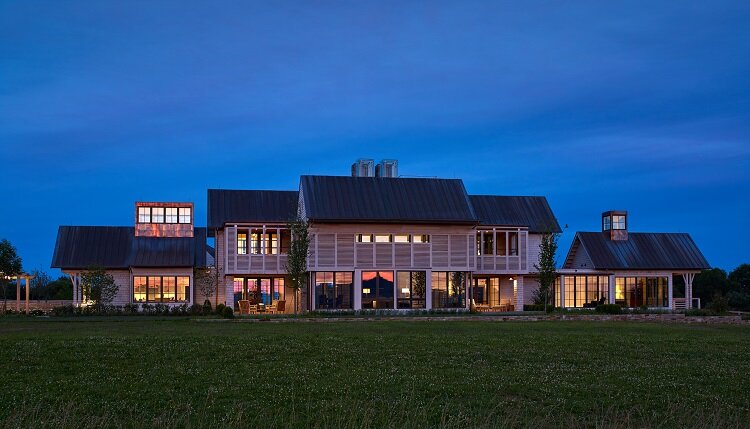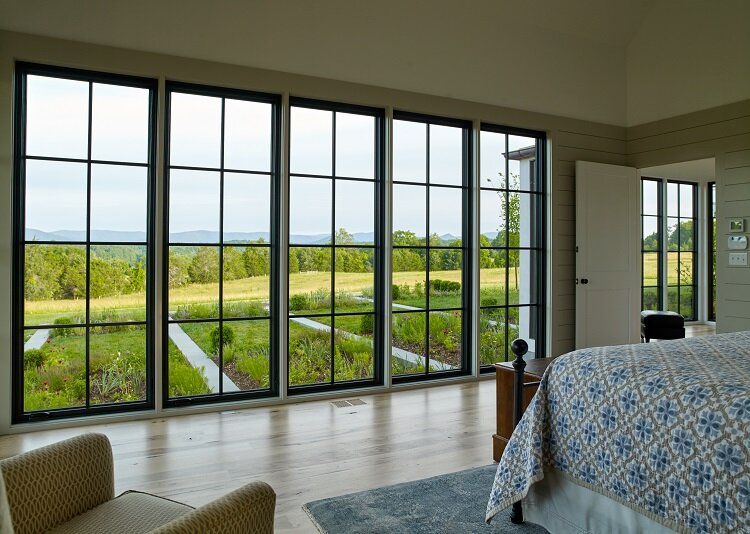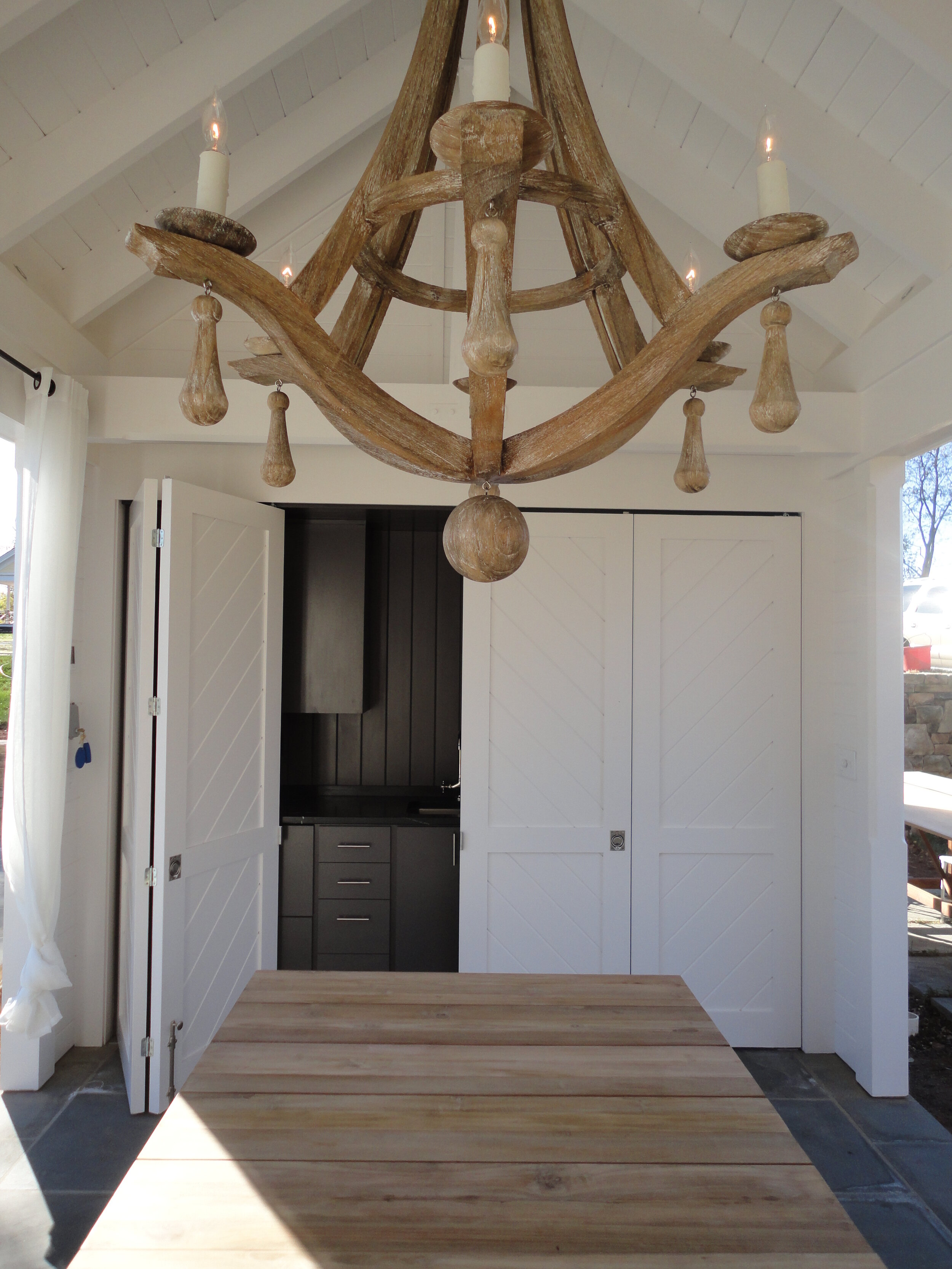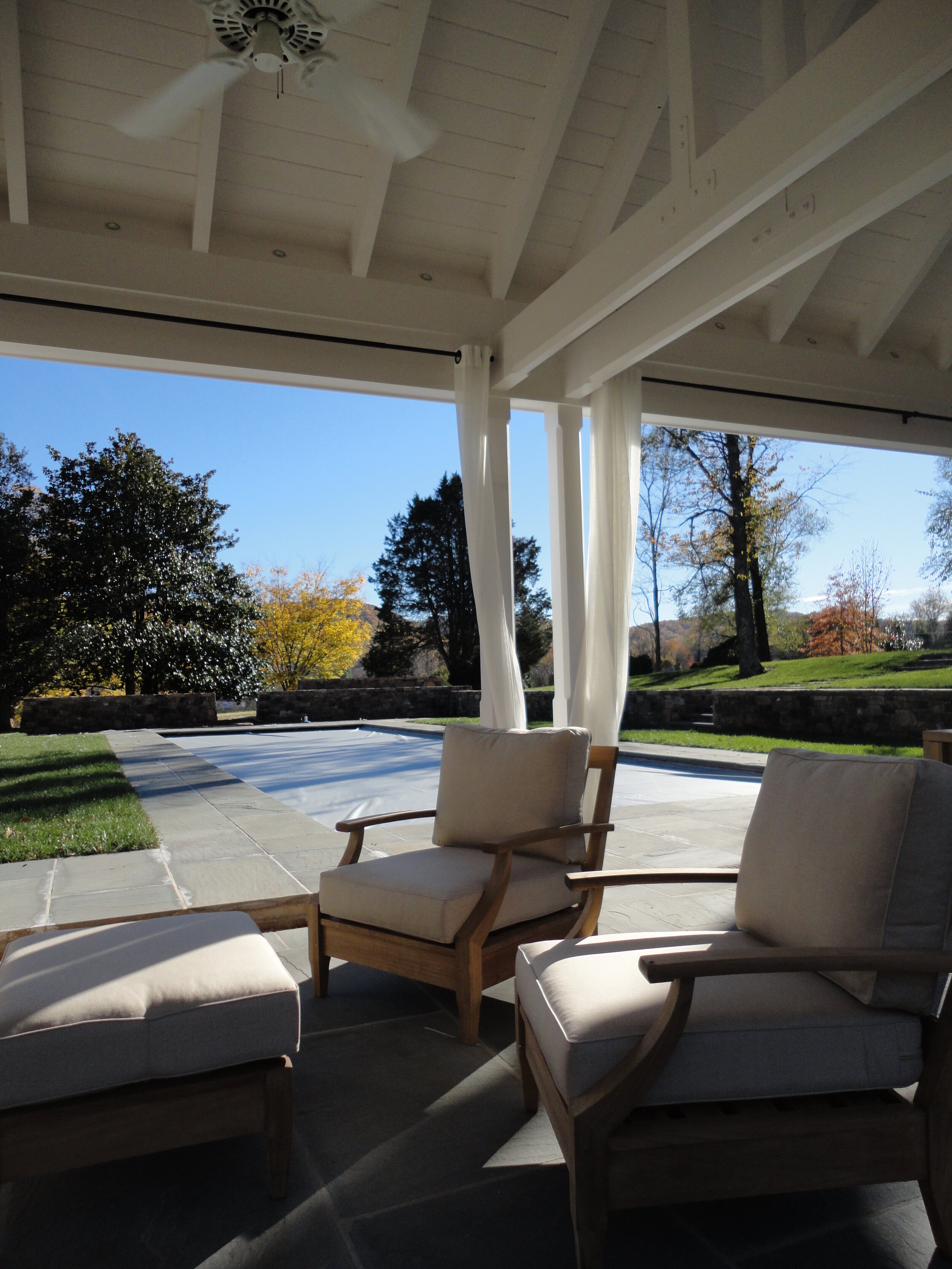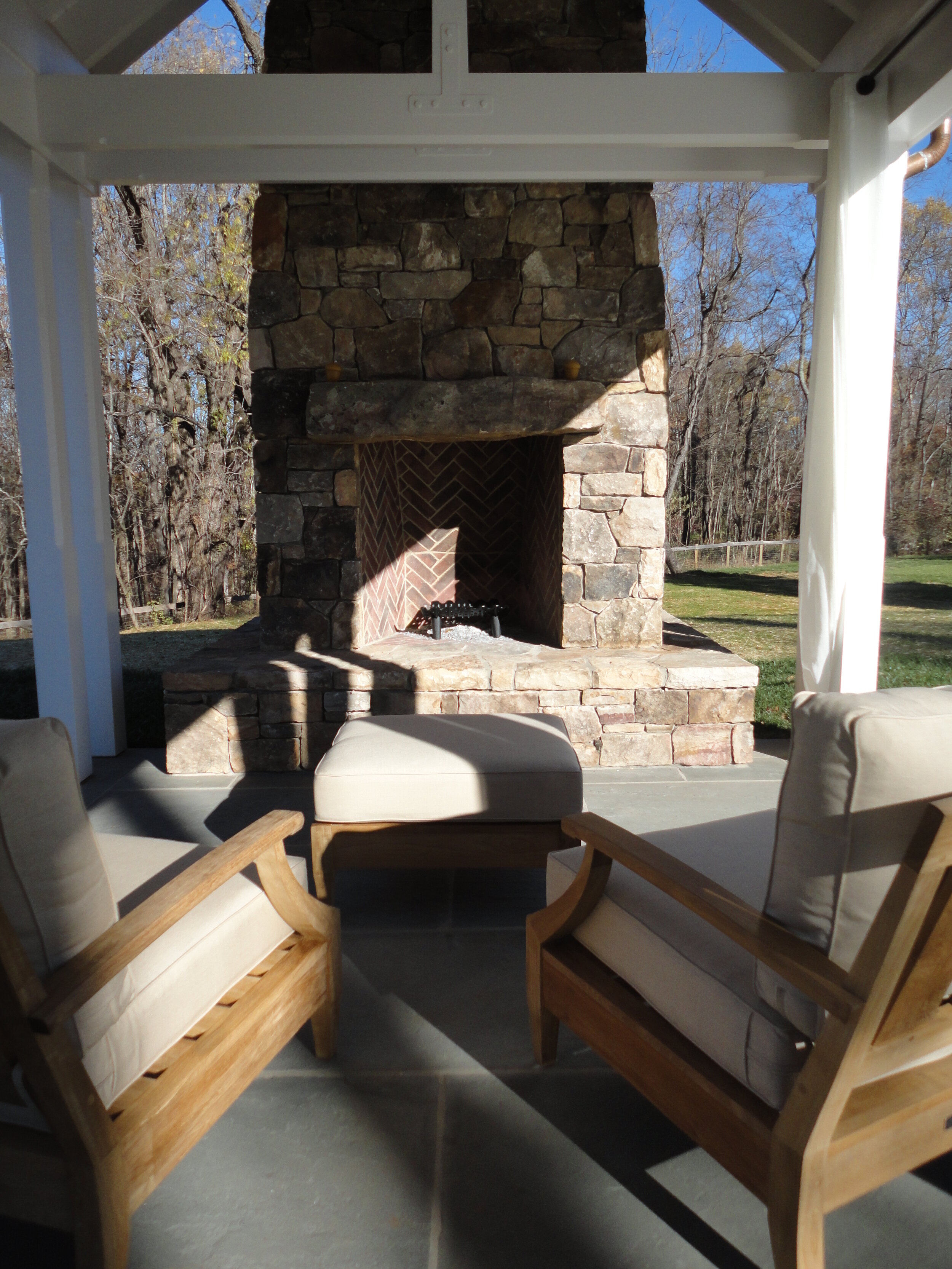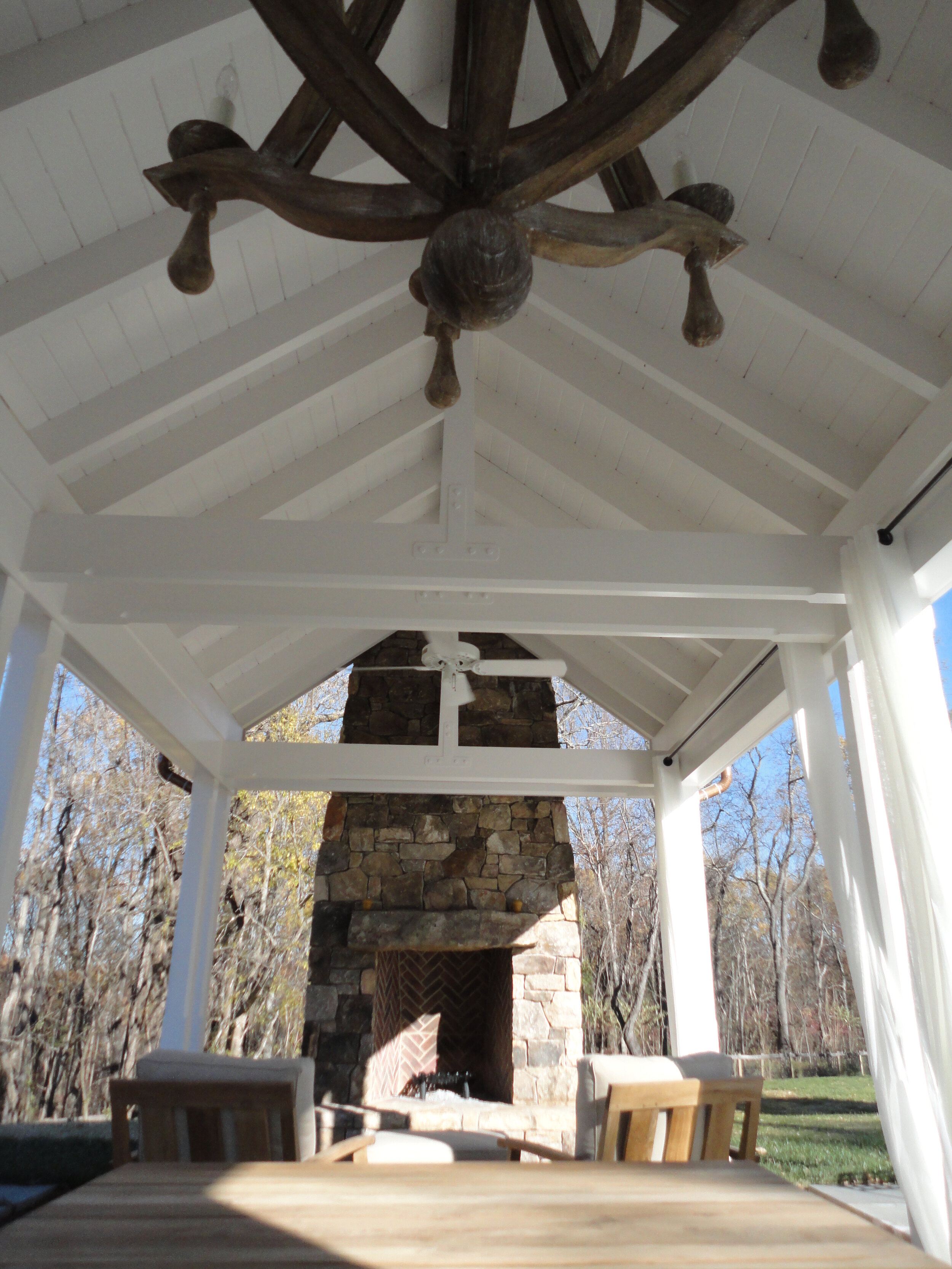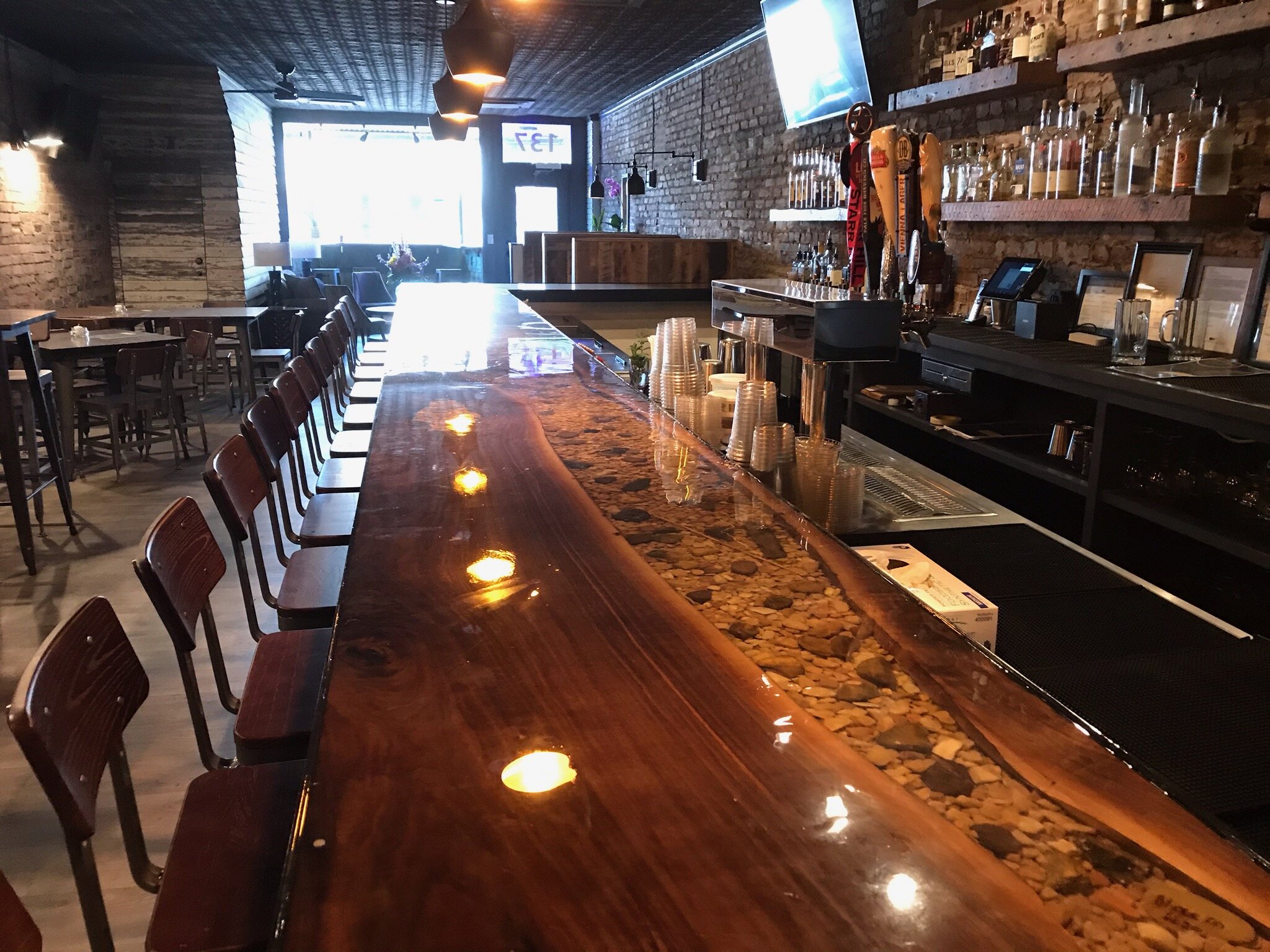Charlottesville is a vibrant city nestled in a patchwork of farmland. It’s a cultural crossroads, where the ancient colonial world met the gateway to the American west, and where a thriving university community meshes with its still-pastoral setting. Take any road out of town, and you’re reminded. As the rolling hills unwind, off-kilter hay sheds share fields with extravagant equestrian facilities. To the east, if you’re lucky, you might spot an old tobacco barn — tall, narrow, and covered in spindly planks of old-growth wood. To the west, the Germans brought the bank barn, with thick rock foundations set into the foothills of the mountains. Barns are a powerful marker of culture. Despite our rich fabric of old agricultural oddities, one kind of barn remains ubiquitous, here, and everywhere. With its deep red paint, crossbuck doors, and big gambrel roof, the red barn is an icon.
We’ve started restoring one in western Albemarle, and our process has revealed some of the magic behind this authentically American style. The barn in question was used for hay storage, livestock, and wine-making over the course of its life. Now, we’re converting it into a tasting barn, adding to the extensive list of upscale wine facilities in the Monticello American Viticultural Area. The skilled design professionals at Sutphin Architecture envisioned offices, a kitchen, and restrooms in the wings of the barn; the central volume will serve as the tasting room for the public. We’ll build a fireplace at one end, and install seamless glass skylights along the entire ridge of the roof.
Before digging into any details, we stripped off the siding to do a structural assessment with our engineering partner, Tony Pace of Nolen Frisa Associates. What we uncovered was a “stick-framed” barn that used extensive diagonal roof bracing to maintain a completely open central volume. This early-20th century technique freed the builders from the cost and heft of traditional hewn beams, and freed farmers from the restrictions of permanent interior partitions. Bale lofts and livestock stalls came and went as needed, without any effect on the structure. The tasting room will continue to take advantage of the cathedral-like space in the center of the barn.
We didn’t find any serious structural issues with the intriguing framing, but with nearly 50 feet of glass to be installed at the peak of the roof, our team decided to err on the side of caution and reinforce the barn with steel. Because the supports outline the open area up to the peak of the roof, this wasn’t as simple as setting posts and spanning a beam across the gap. The steel structure arrived in halves, each half tracing one wall and one slope of the roof. Installation required removing sections of the barn’s foundation wall, sliding the steel into place horizontally, erecting it with a lift, setting it in concrete, and supporting it with temporary wood framing until its mirrored partner arrived to complete a self-supporting archway. Seven of these arches were erected, and then connected to each other with horizontal beams woven into and behind the latticework of original wood framing.
It’s a solution that’s becoming increasingly popular in historical and restoration work. Alexander Nicholson reinforced Carr’s Hill, the President’s House at the University, with gigantic steel trusses. In Warsaw, Virginia, The Menokin Foundation is using glass and steel to stabilize the ruins of an important 18th century Palladian mansion. Steel reinforcement only needs a few points of contact to support a building, whereas modifying original framing is costly, intrusive, and potentially destructive. With steel, old and new can be clearly delineated, and original materials are left largely untouched, extending their life and preserving their historic integrity. At our red barn, steel let us preserve our open space while avoiding the cost and aesthetic implications of modifying original framing. The owner, trained as an interior designer, plans to retain the rustic look of the barn’s ceiling as part of the final design, which she developed with architect H. Adams Sutphin.
When it’s finished, the restored barn will serve a revitalized Oakencroft Farm. Under the direction of the DN Batten Foundation, Alexander Nicholson has spent the past three years contributing to the transformation of Oakencroft into a sustainable, bio-diverse model for the future of agriculture in Virginia. In partnership with Nolen Frisa Associates, Sutphin Architecture, and Waterstreet Studio, we’re building infrastructure for solar power and water collection, a winemaking facility, two residences, and a conference center where owner Dorothy Batten will invite conservationists, farmers, students, and policy-makers to meet and plan for a bio-conscious future. She’s implemented award-winning clean grazing practices, native habitat restoration, and a Bio-Char crop treatment that sequesters carbon and invites micro-organisms back into the soil. The project builds on Oakencroft’s legacy as the birthplace of Virginia’s wine industry, where then-owners Felicia and John Rogan established the Monticello American Viticultural Area. The Rogans’ winemaker, Phillip Ponton, is still at the helm of Oakencroft’s winemaking operation. He’s now assisted by Jessica Trapeni, who runs a wine testing laboratory. Her husband, Logan Collins, is Oakencroft’s farm manager. You’ll be able to taste their sustainably-produced Oakencroft wines in 2022.
Follow along with us over the next few months to learn more about the DN Batten Foundation’s ecological initiatives and Alexander Nicholson’s work at Oakencroft Farm.



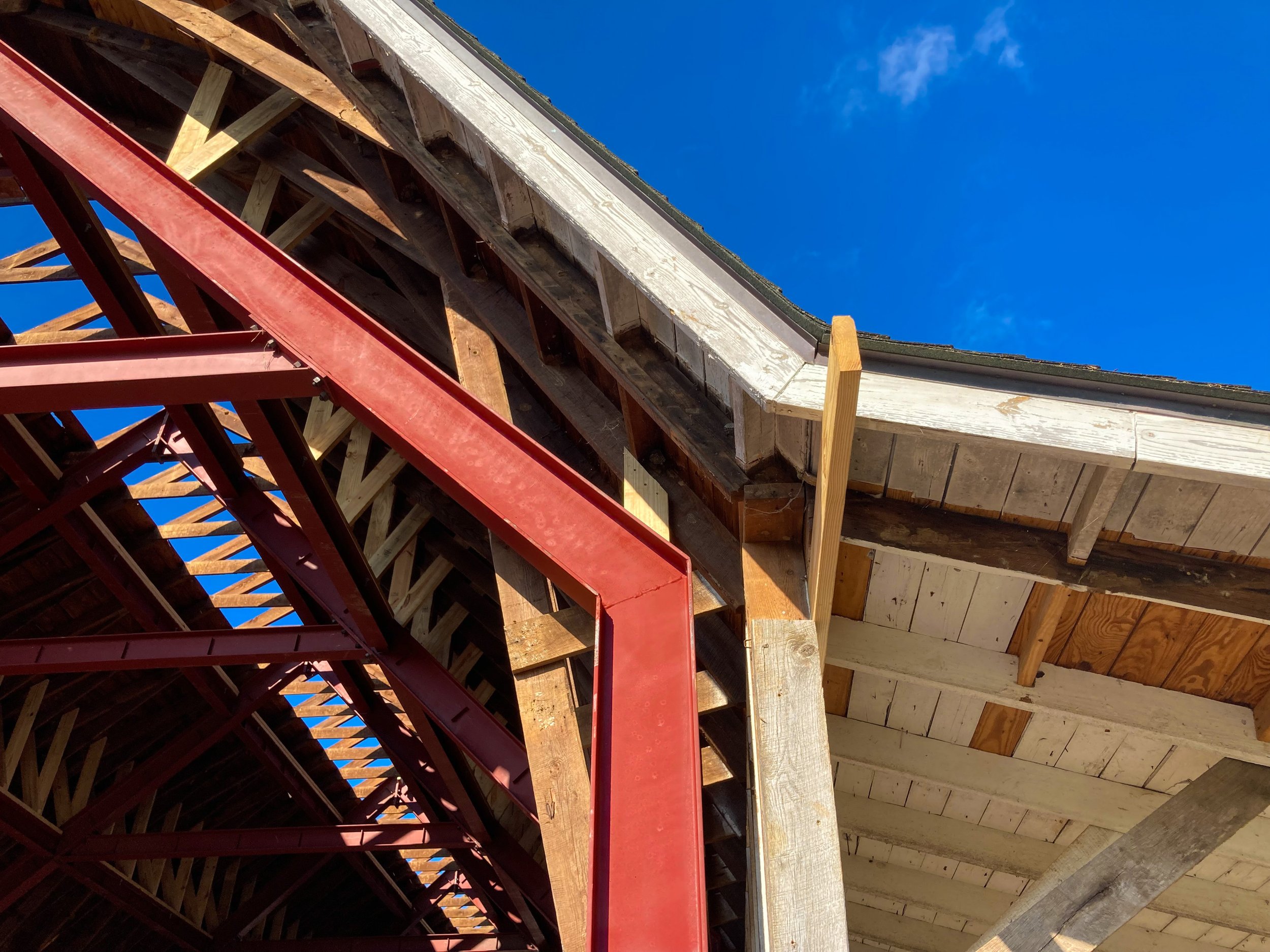




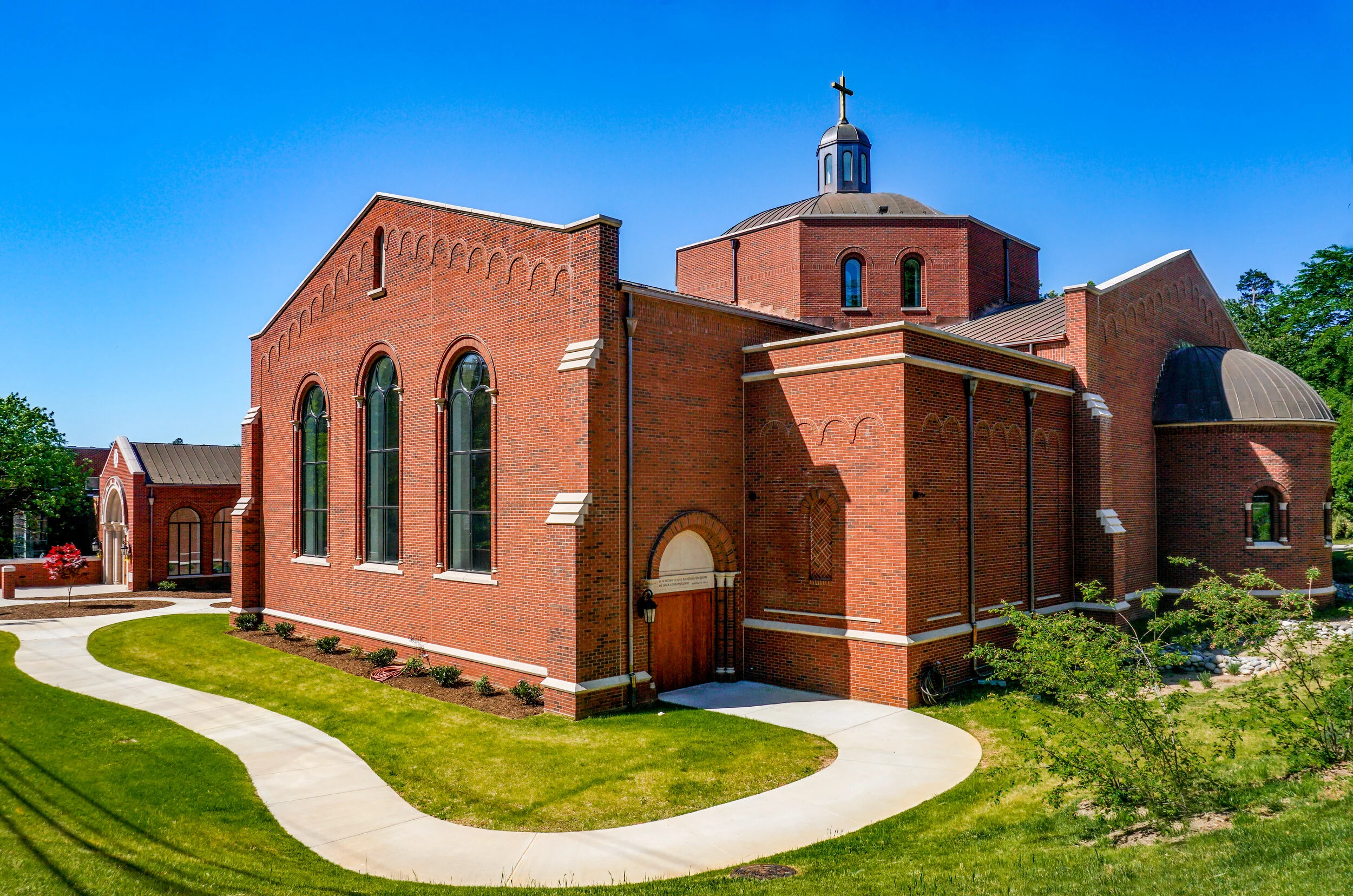
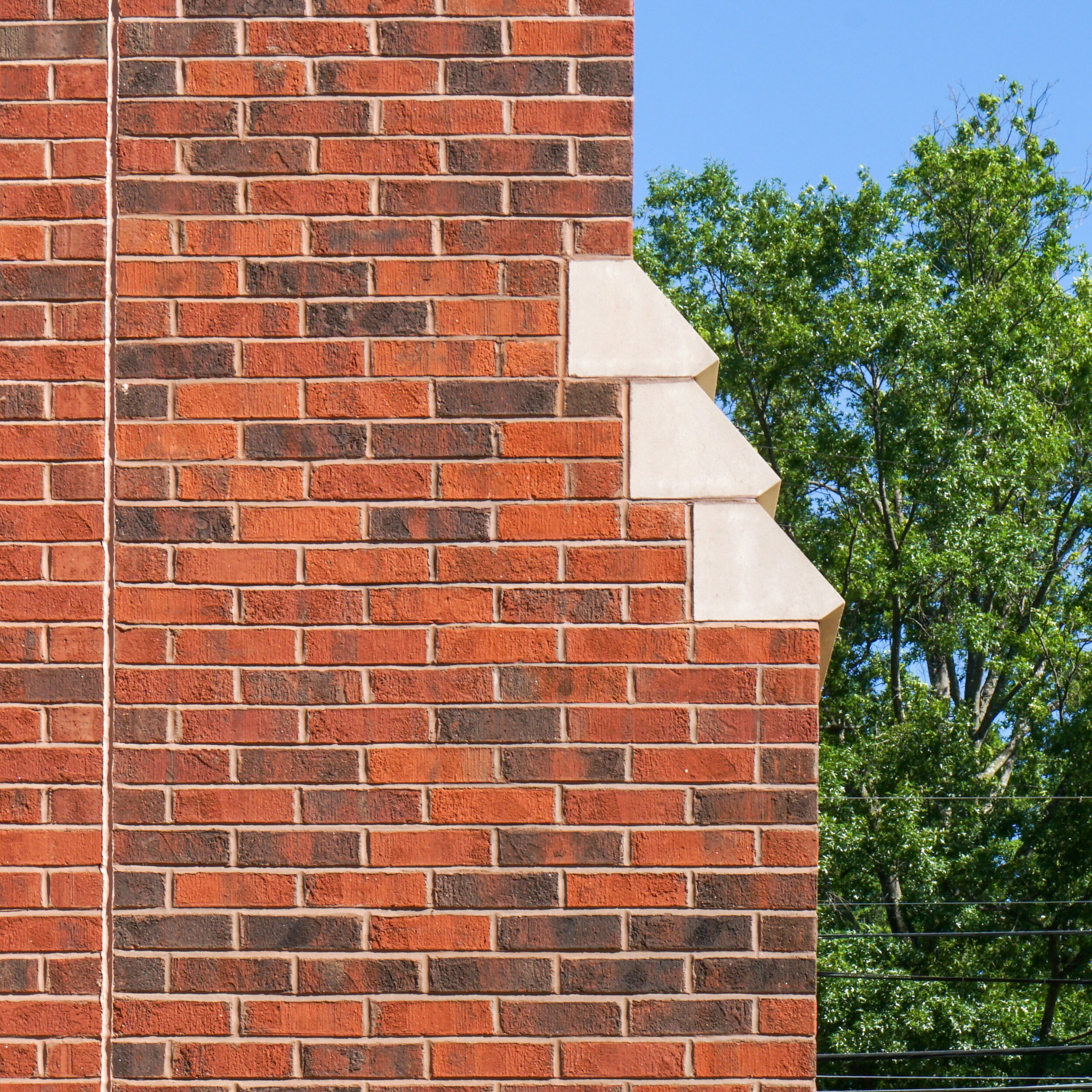

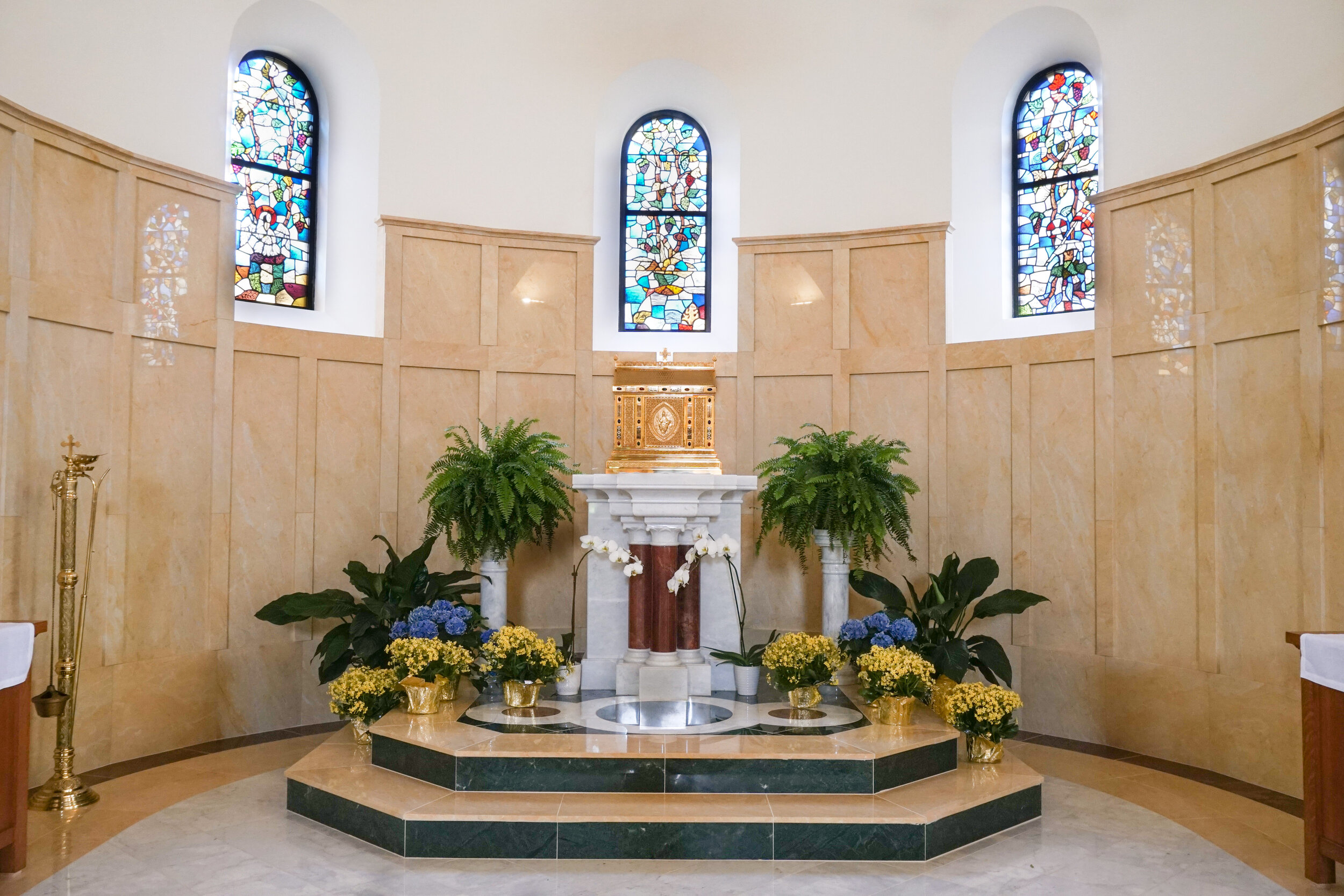
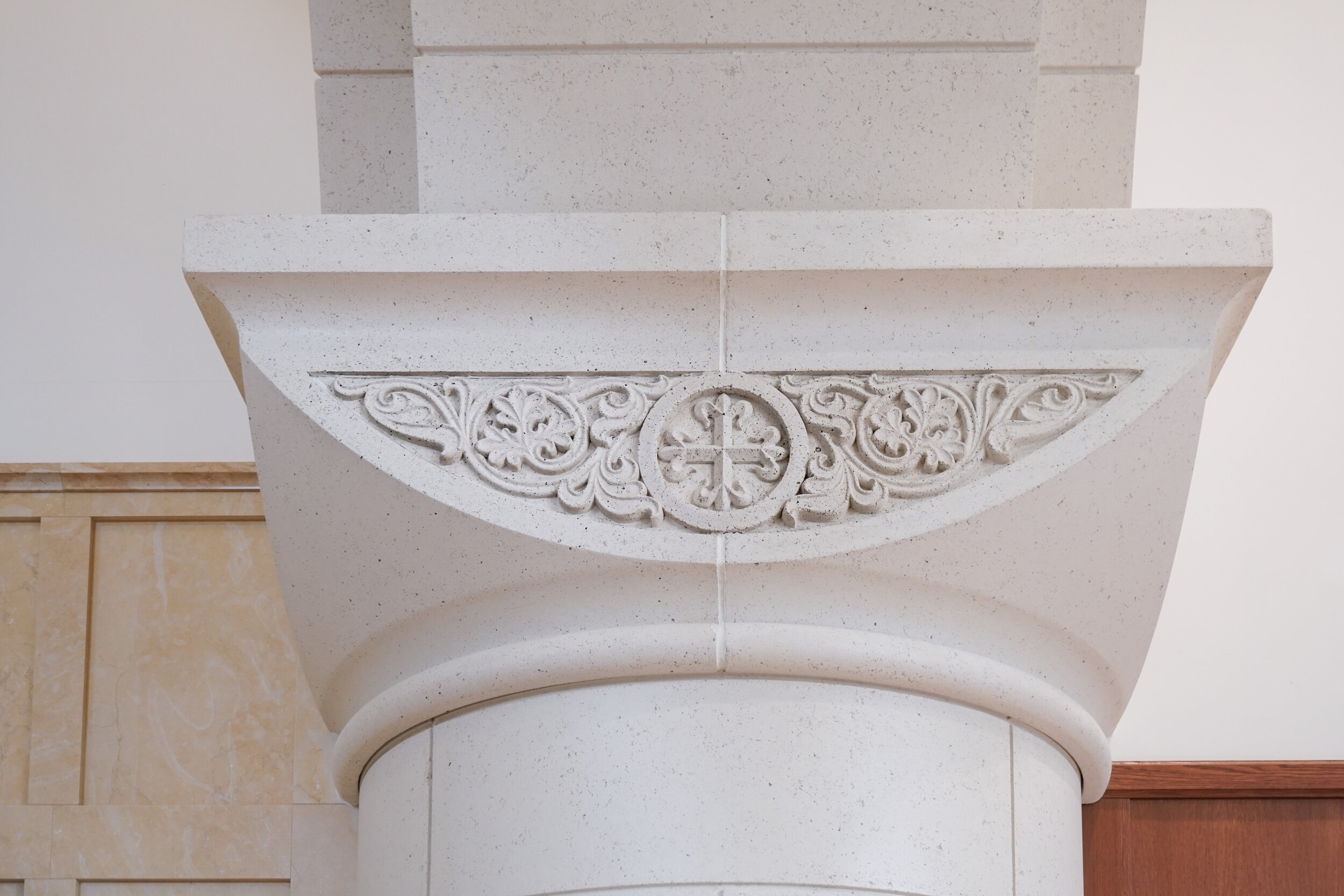
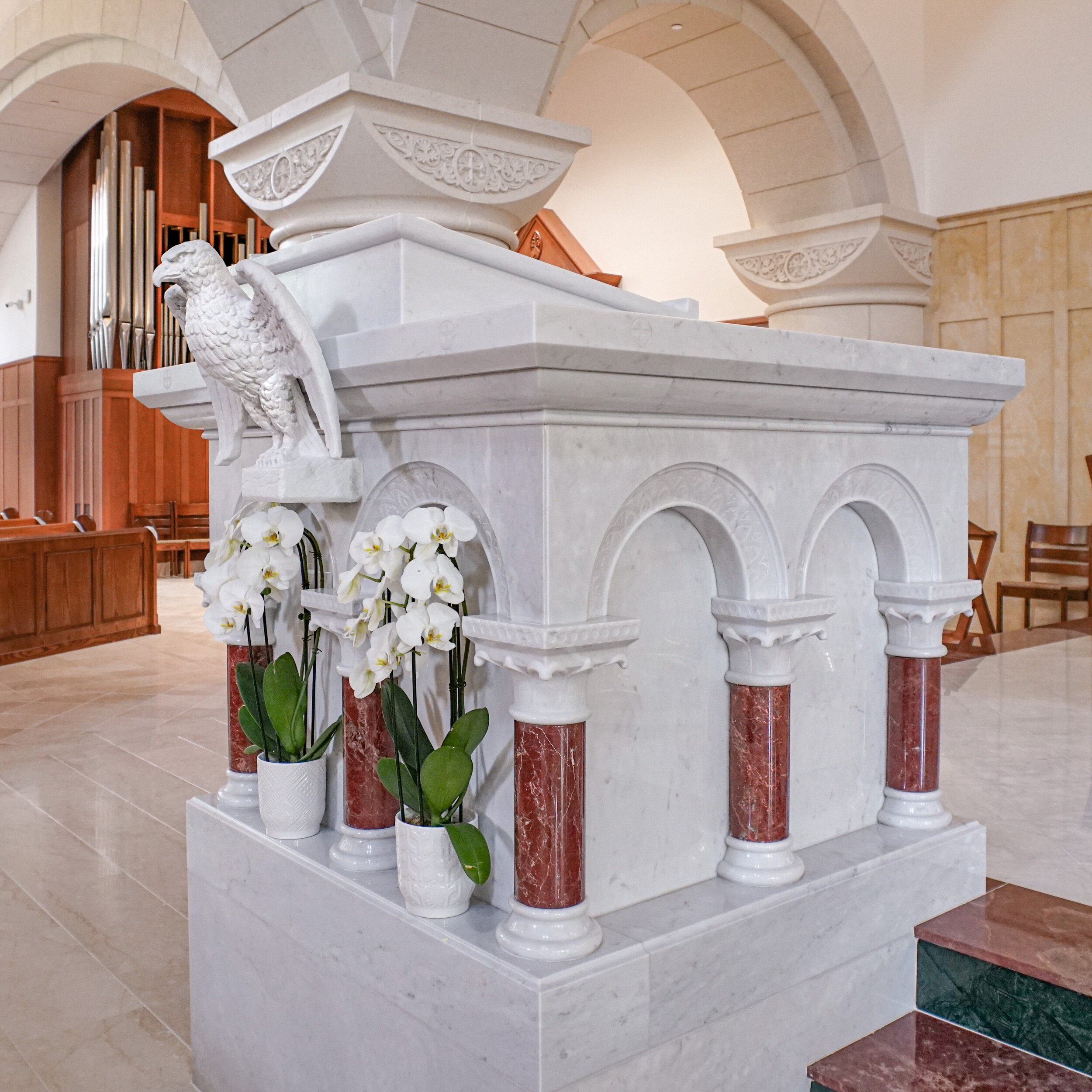
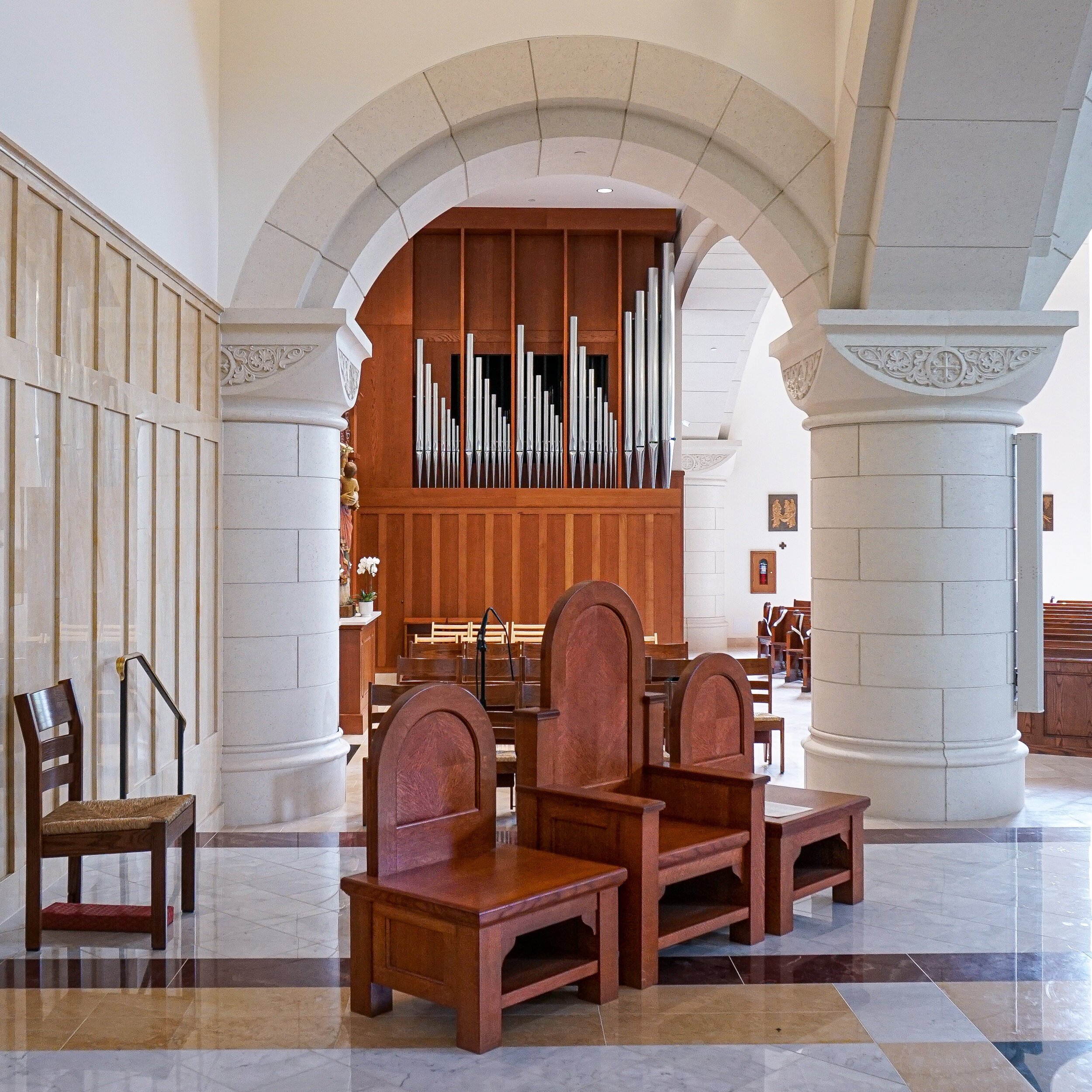
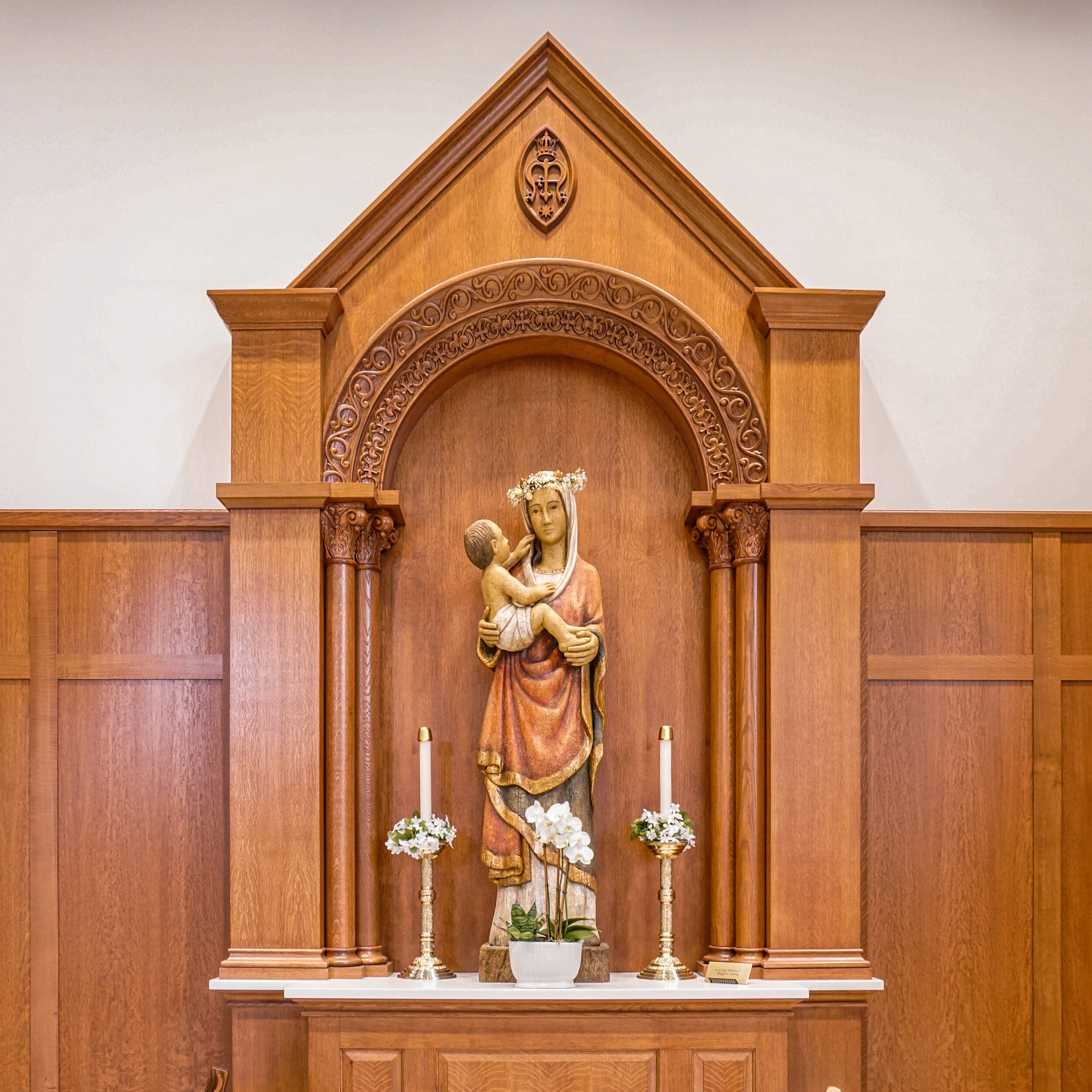
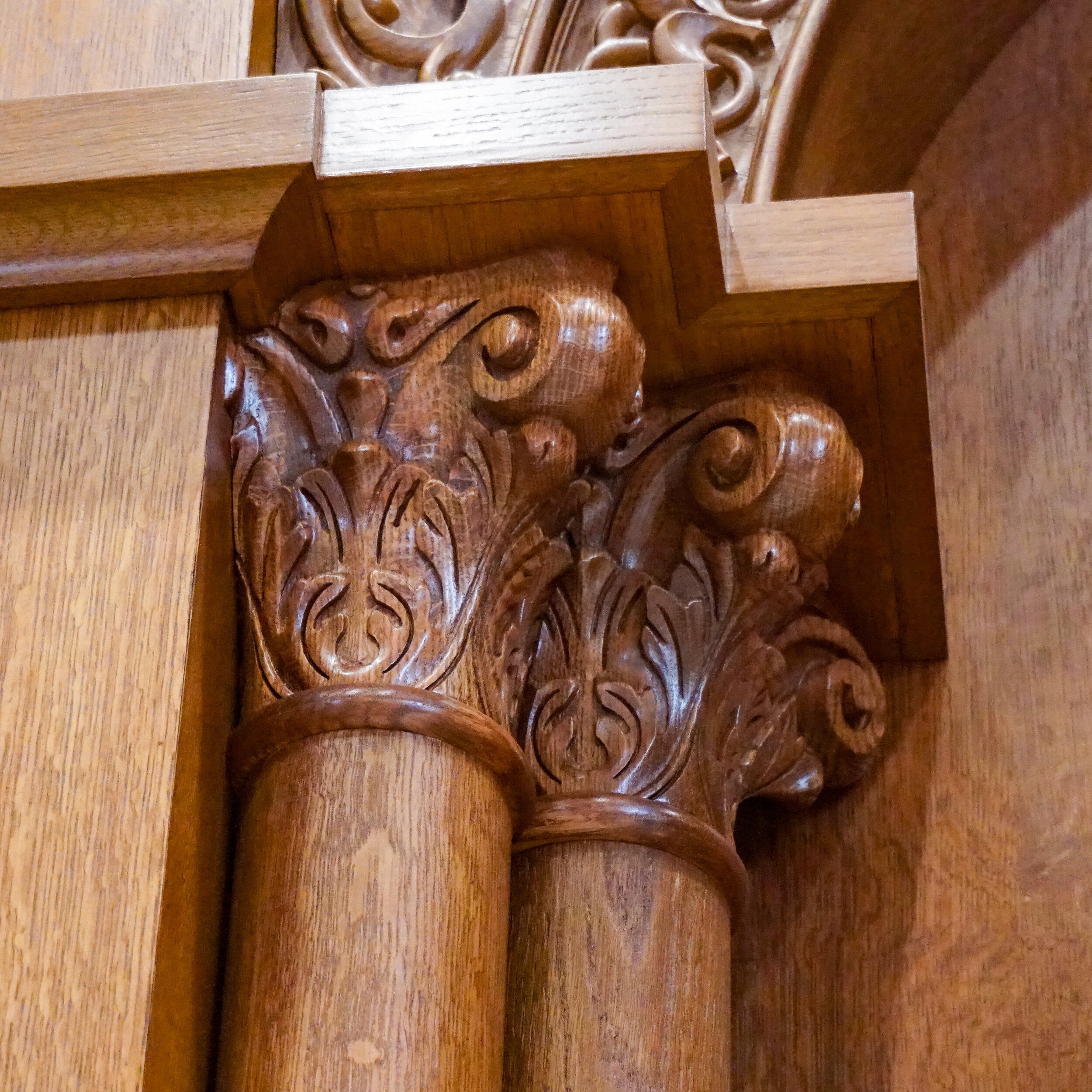


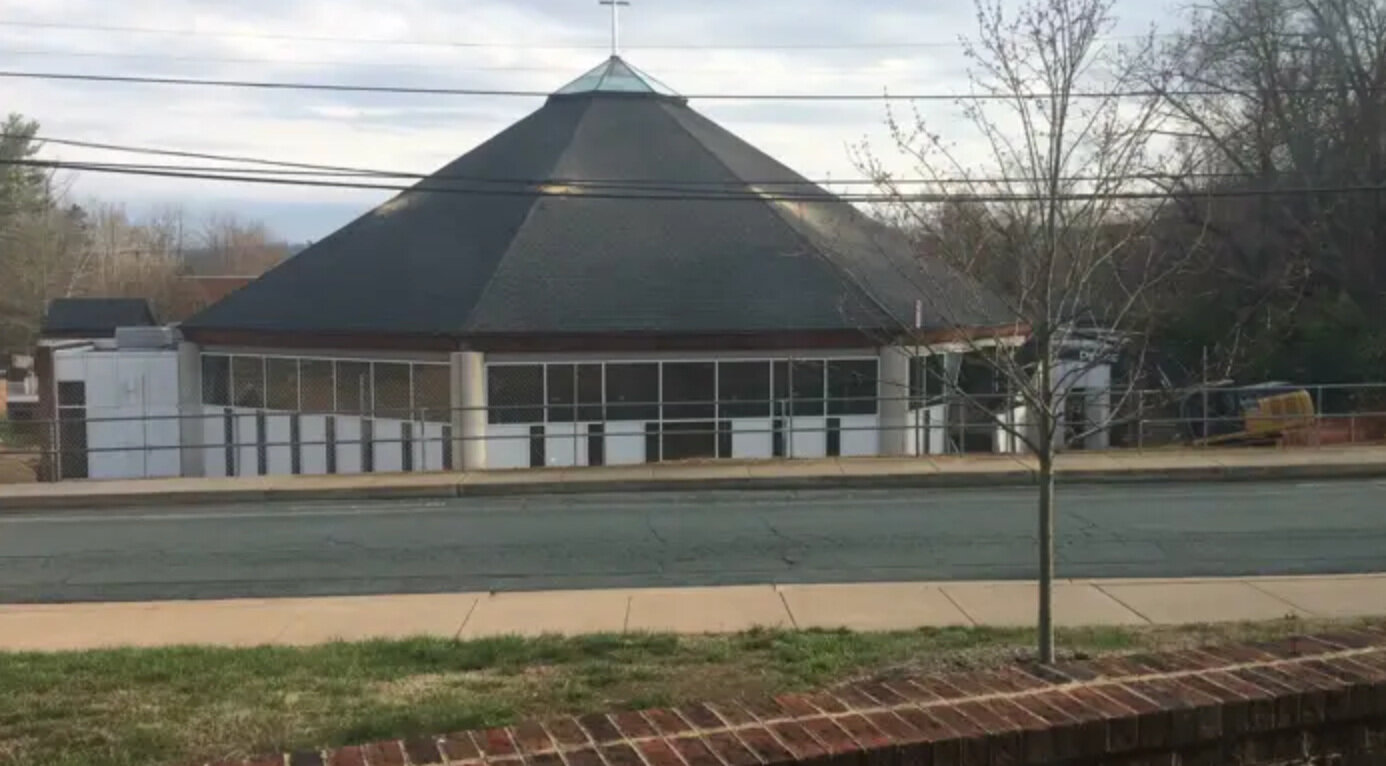
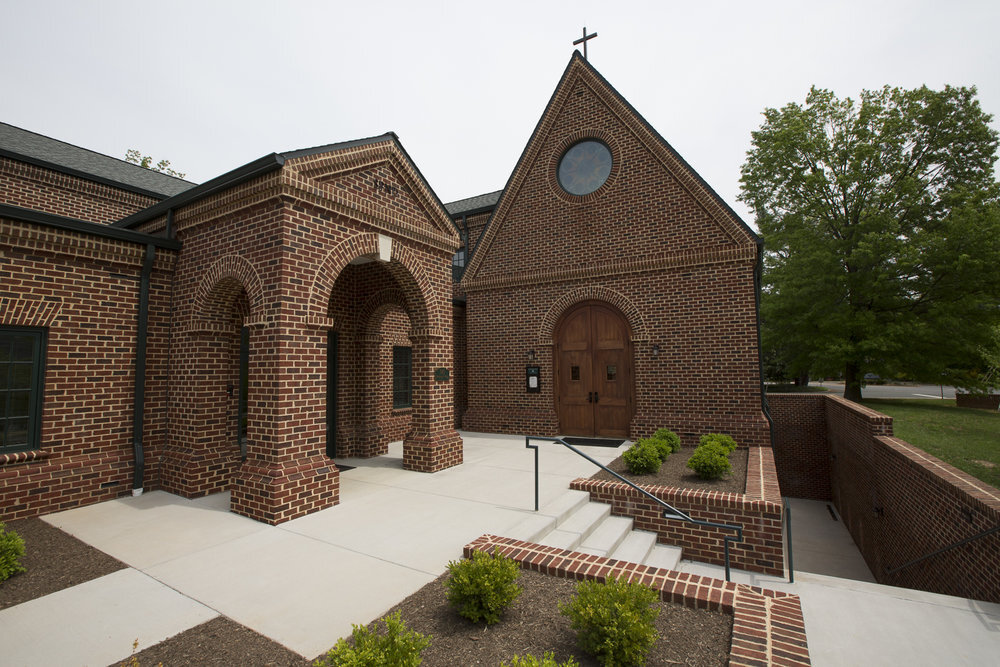




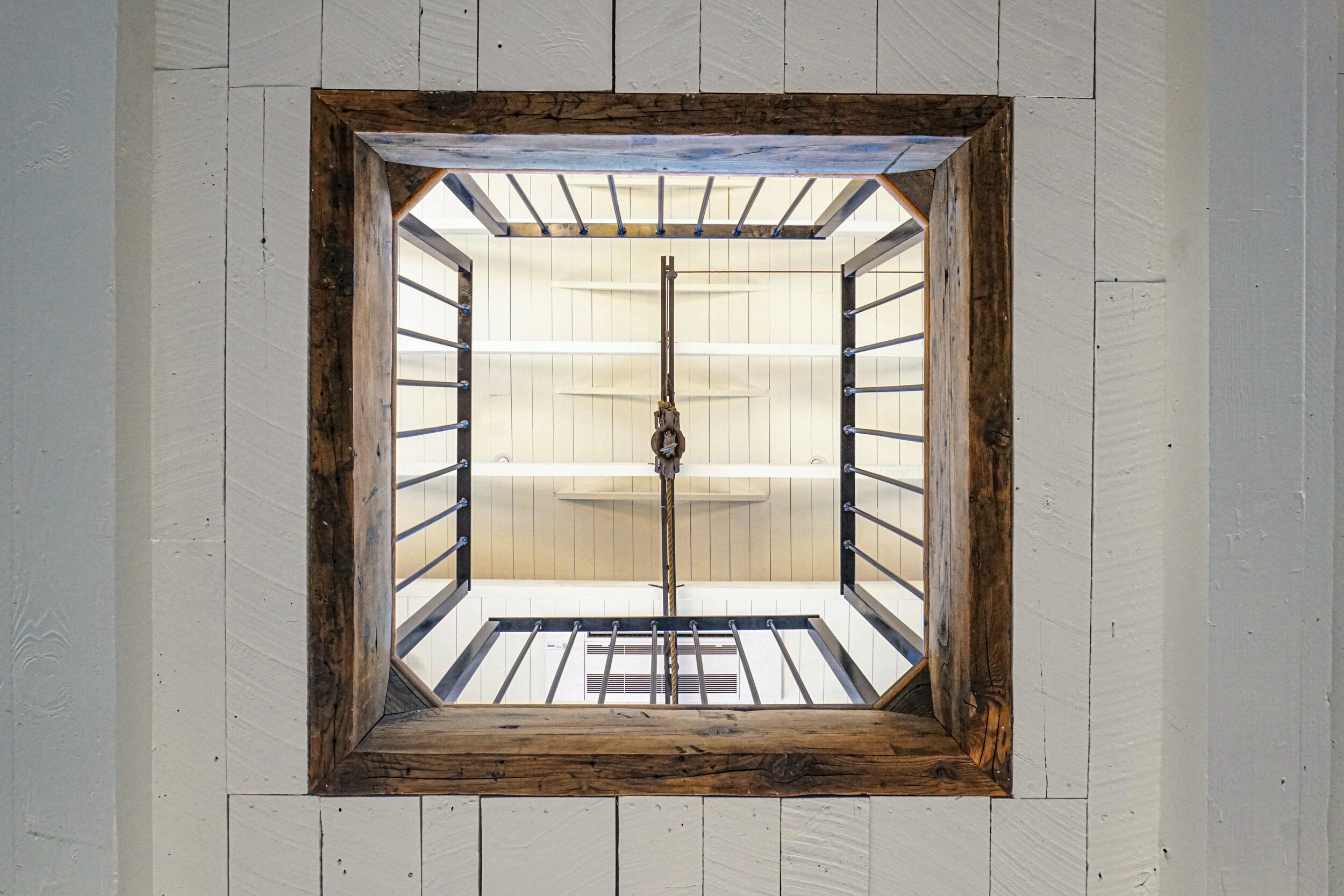

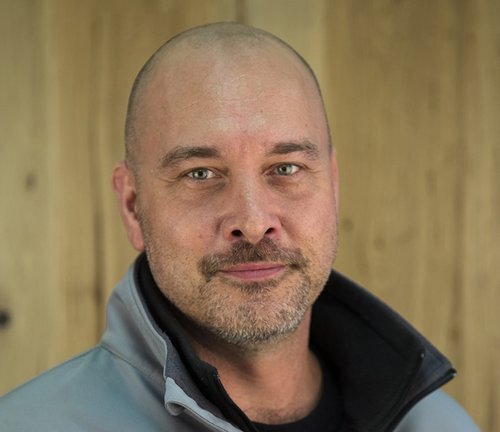




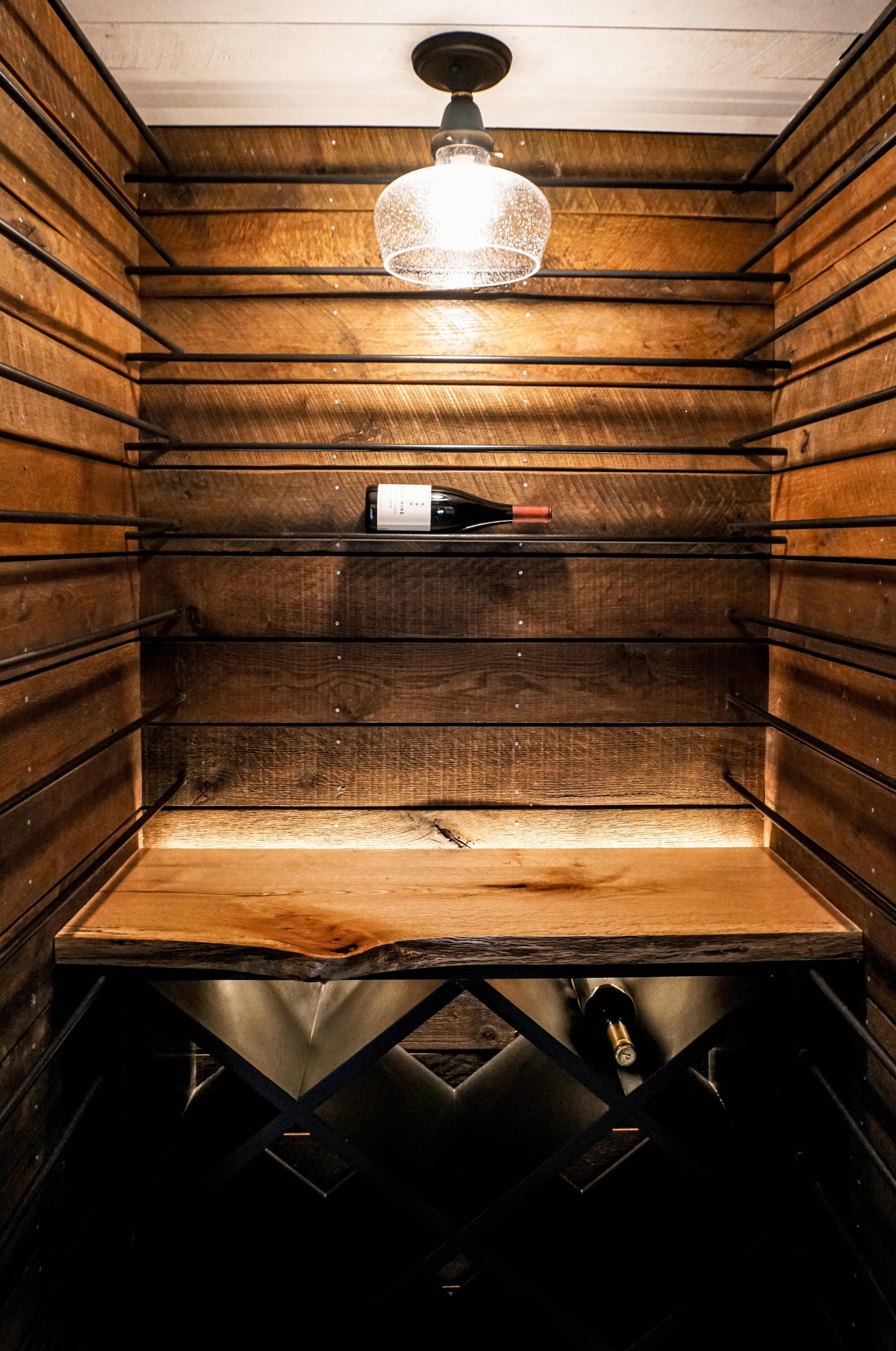

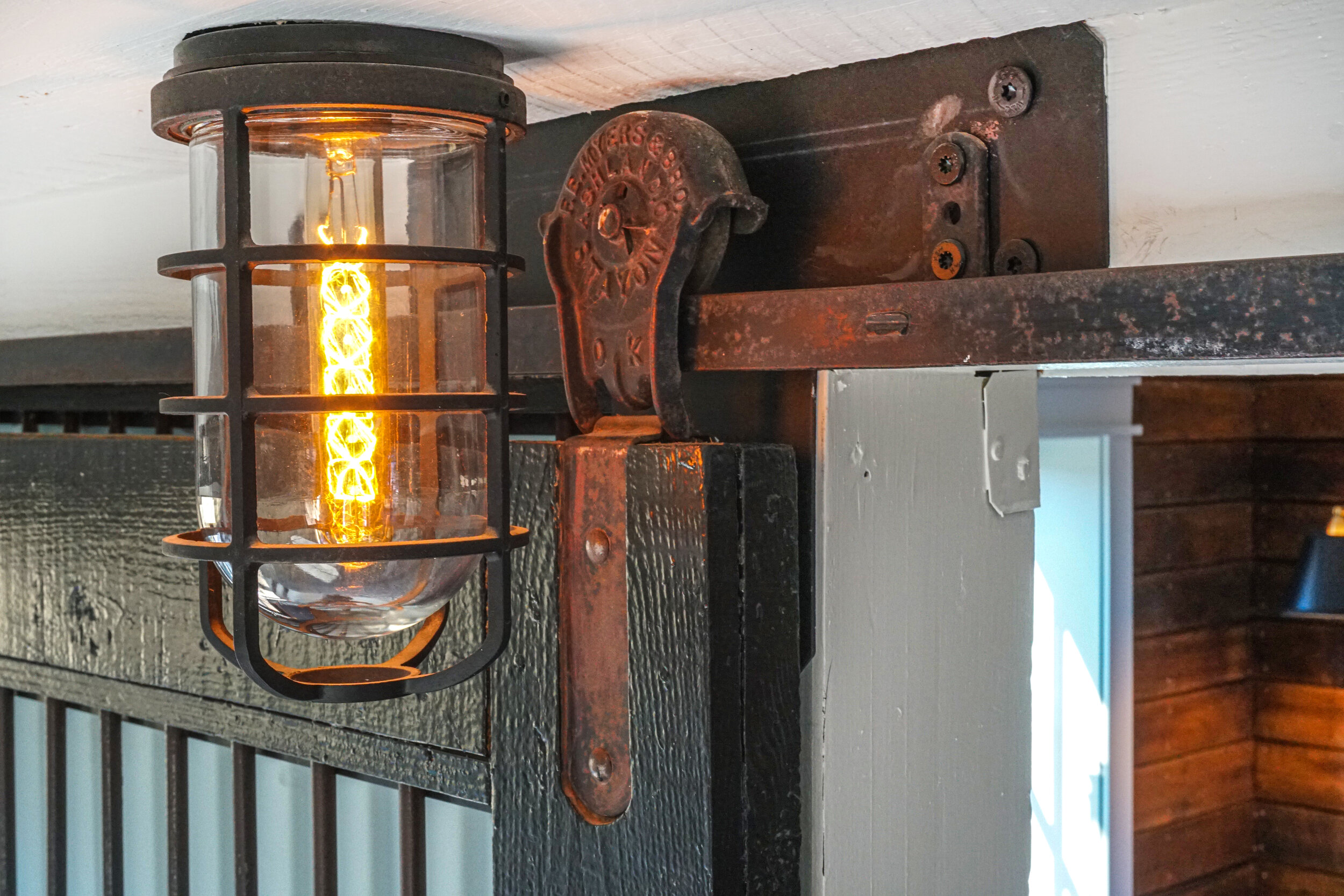
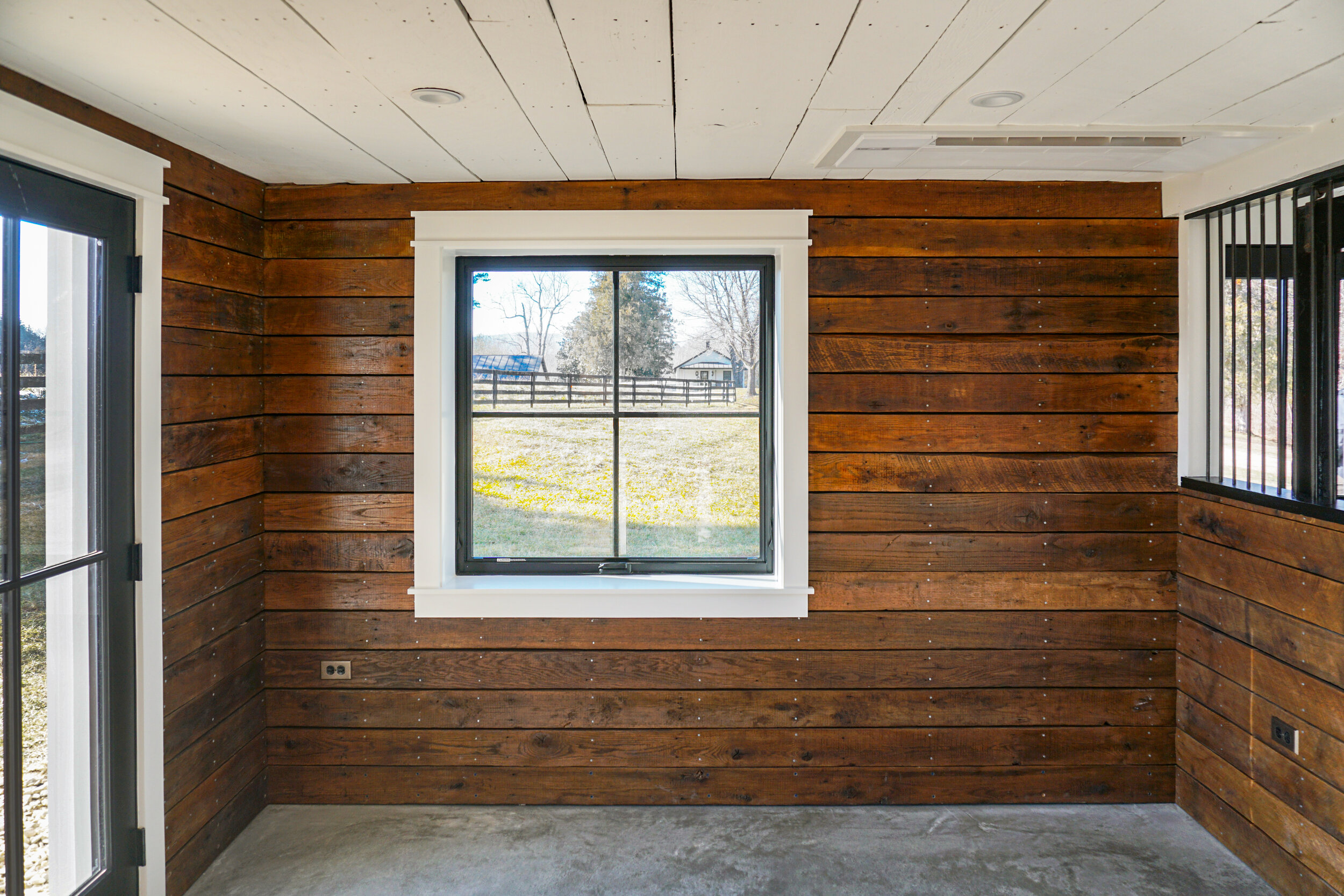

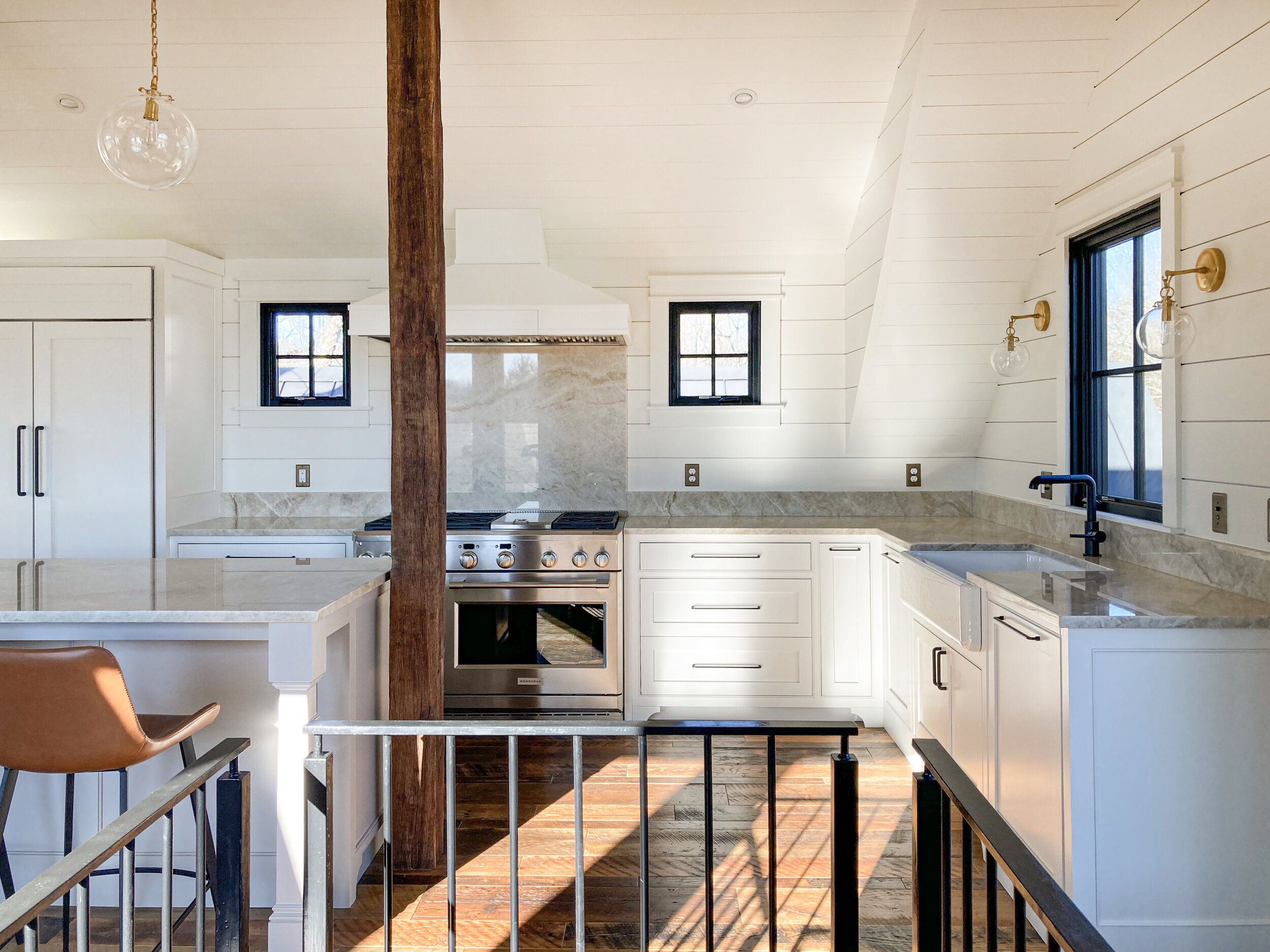


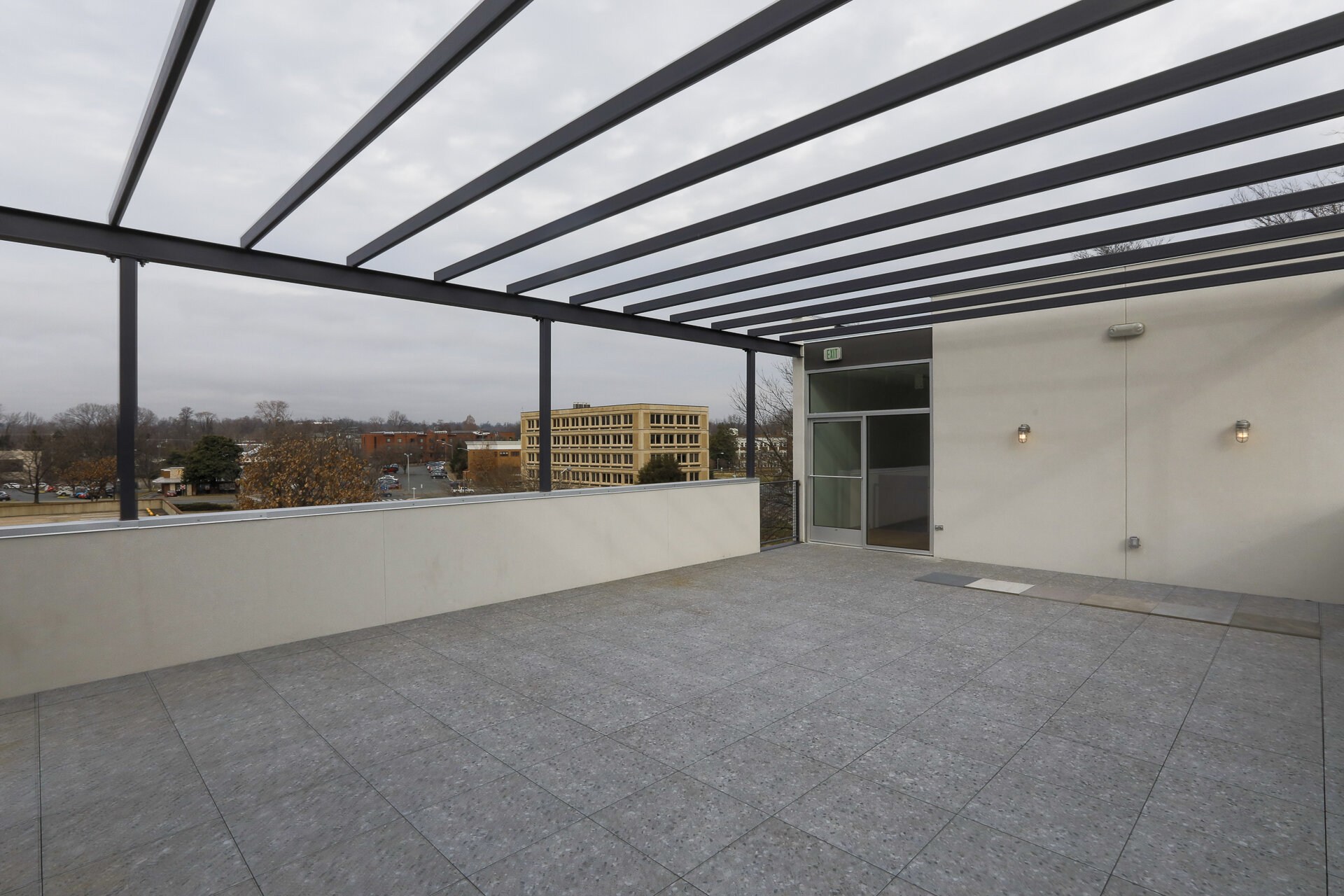
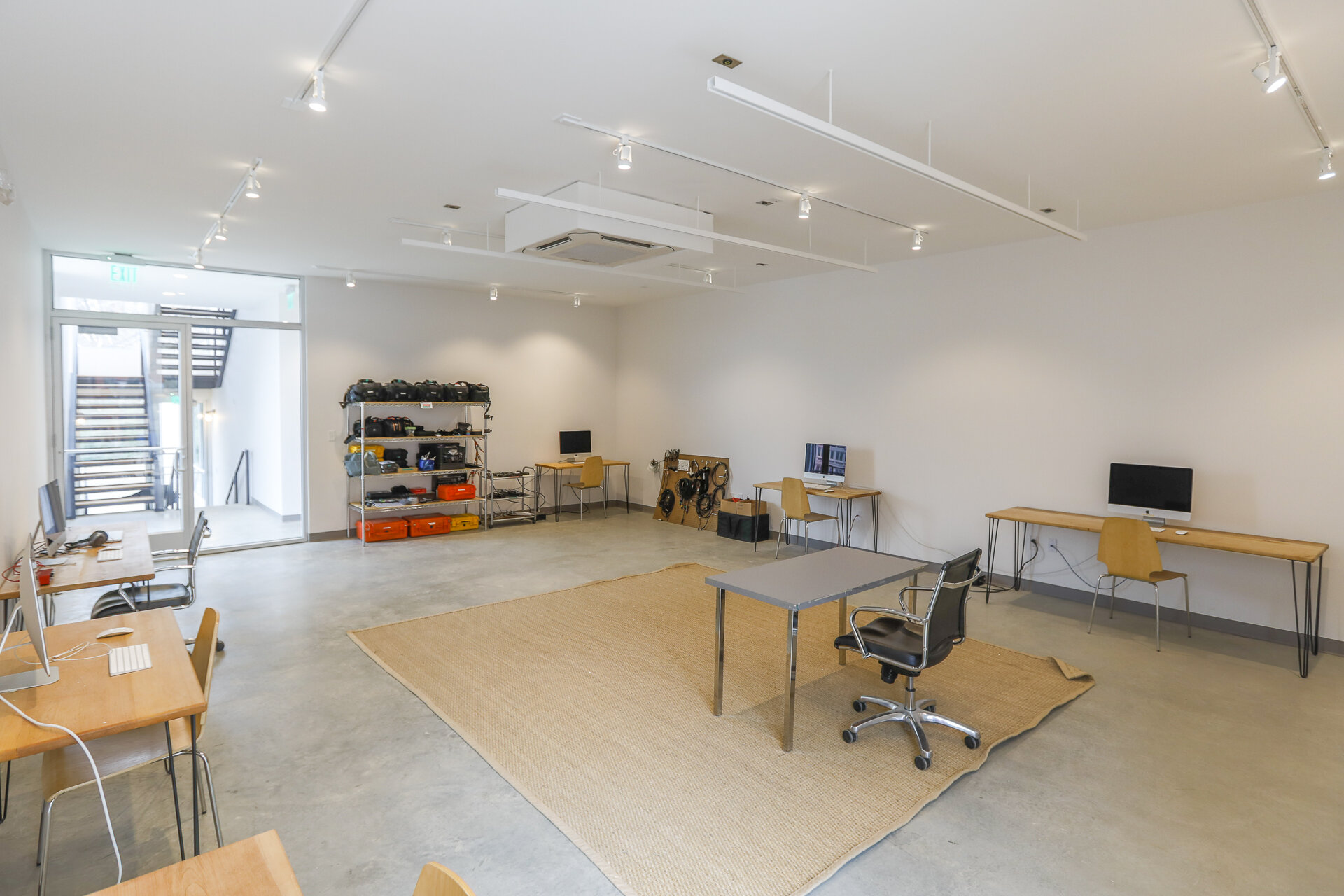



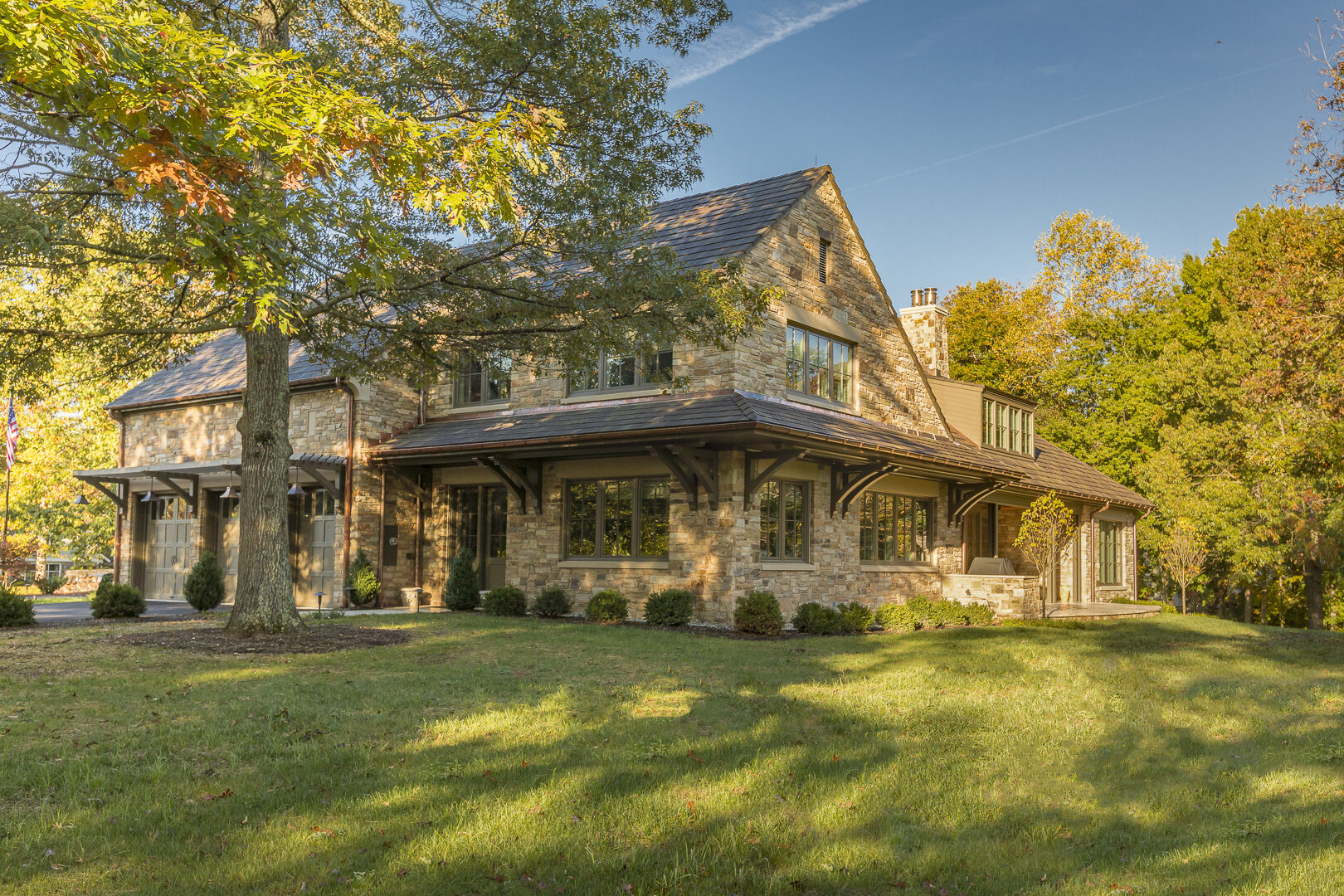
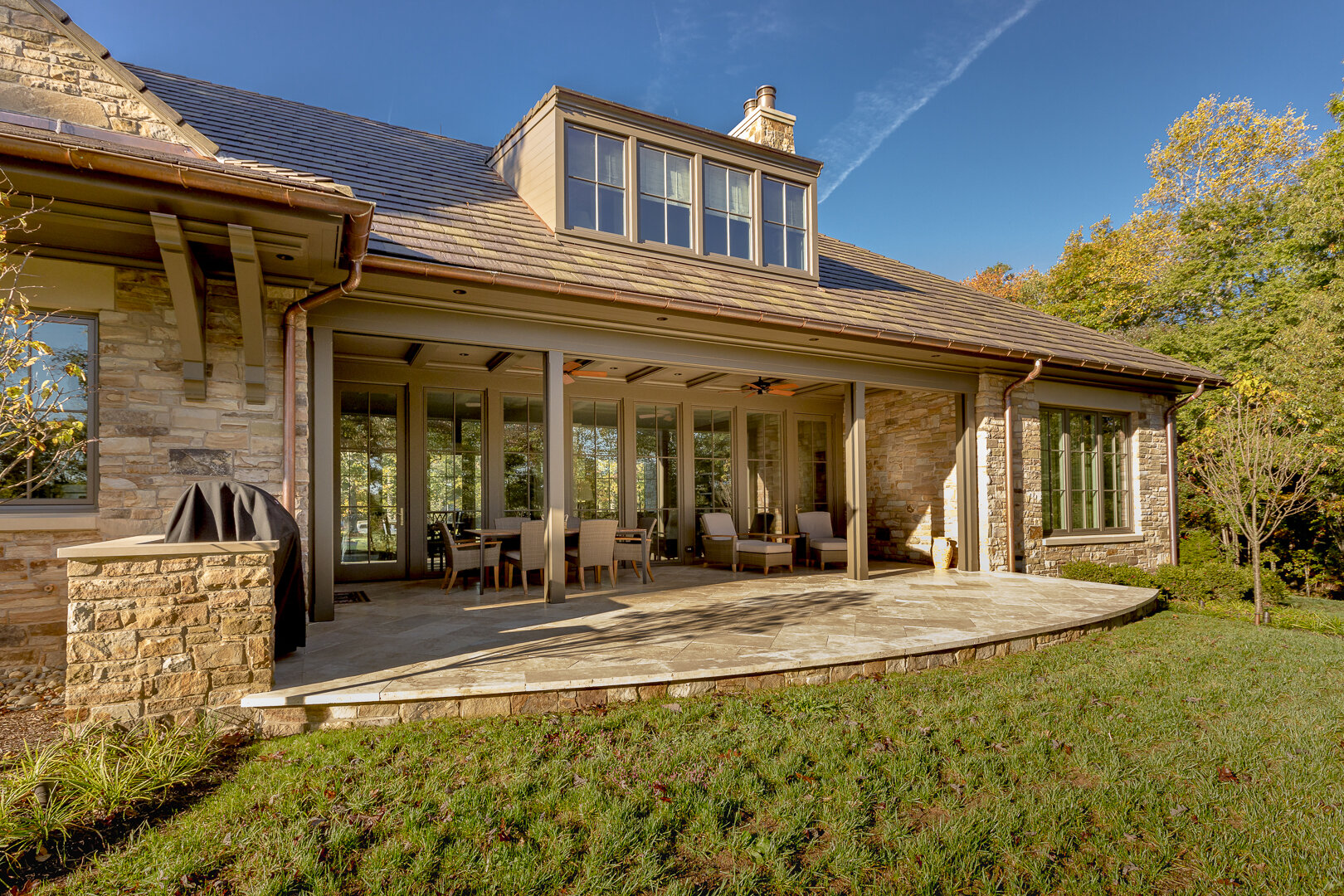
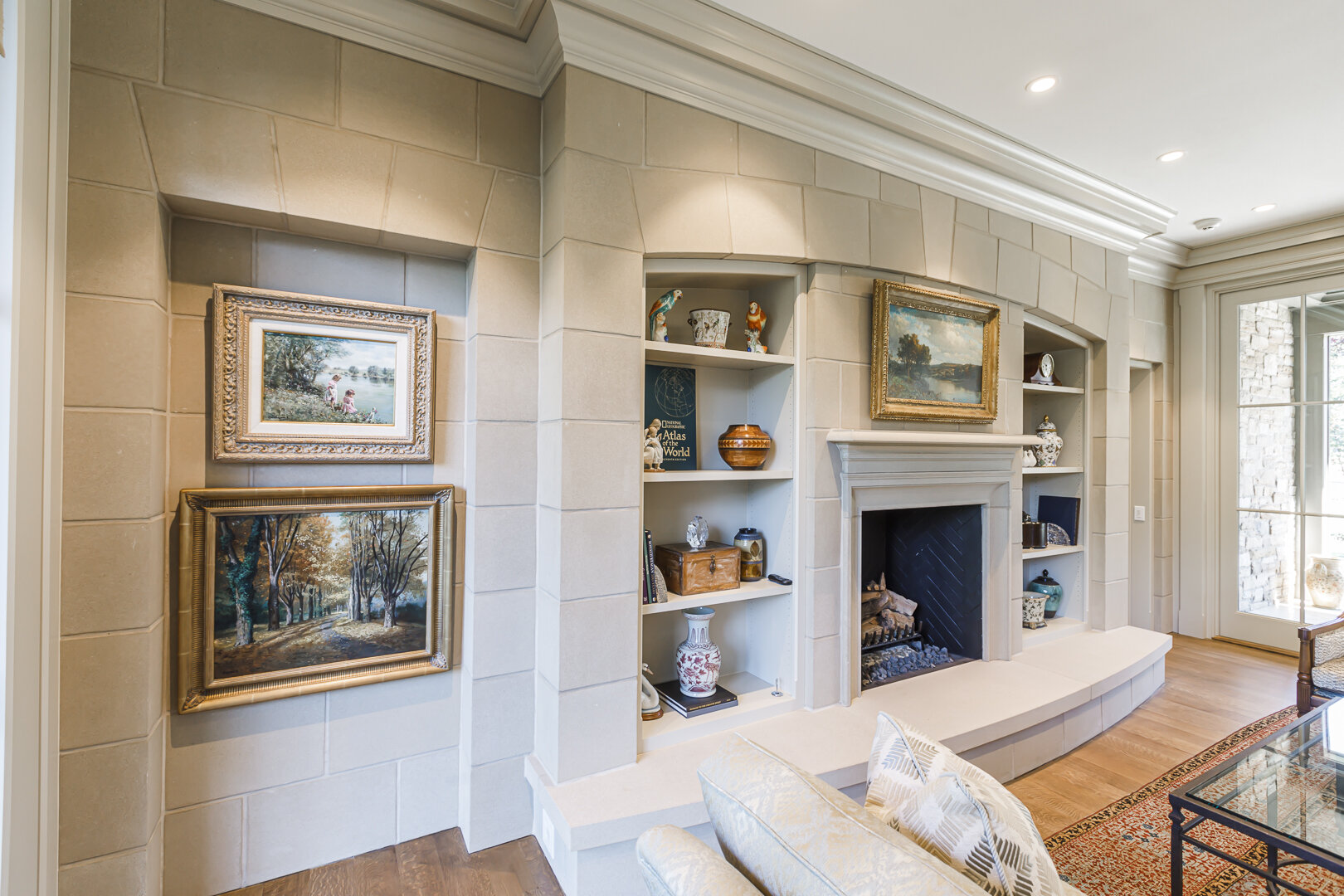
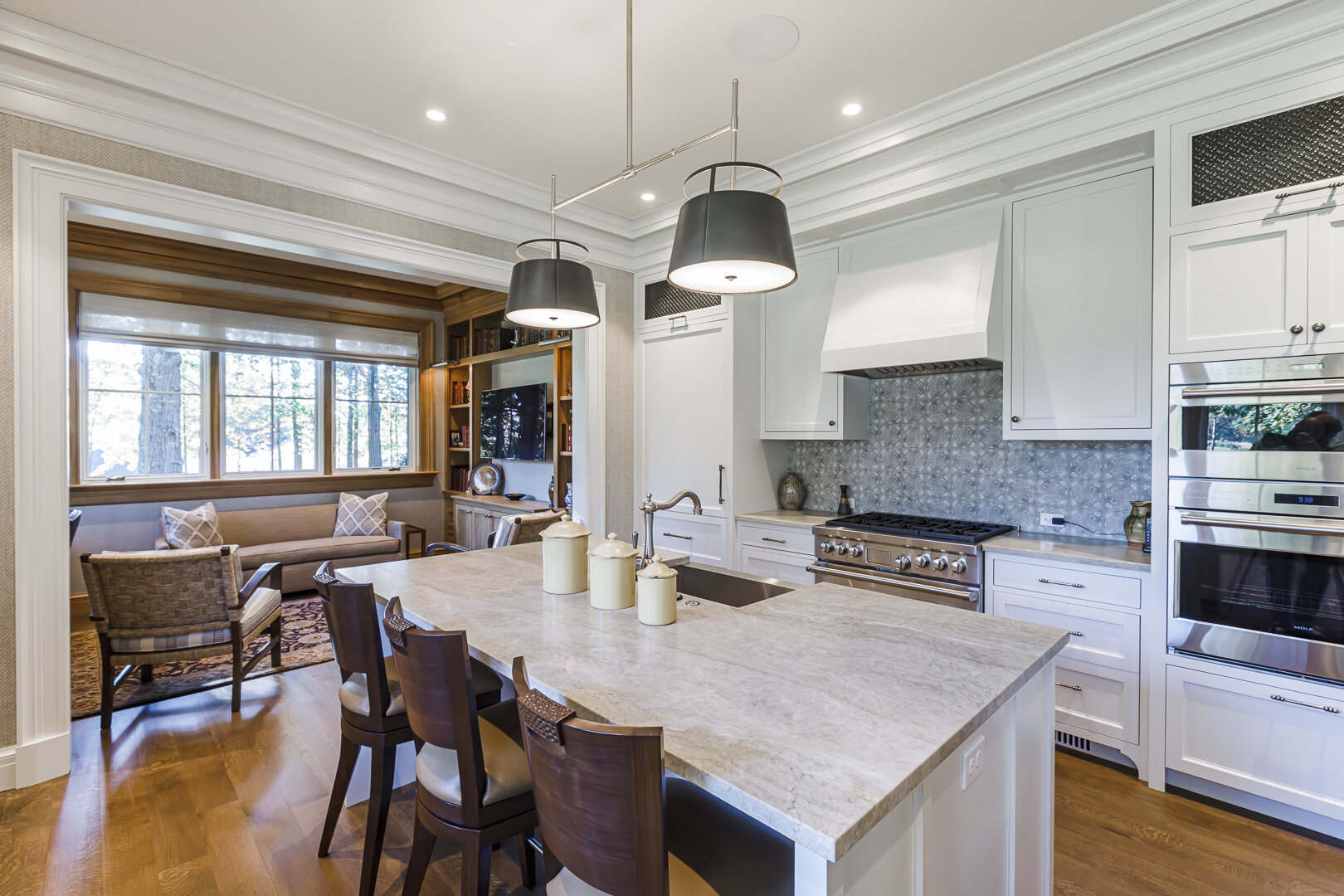


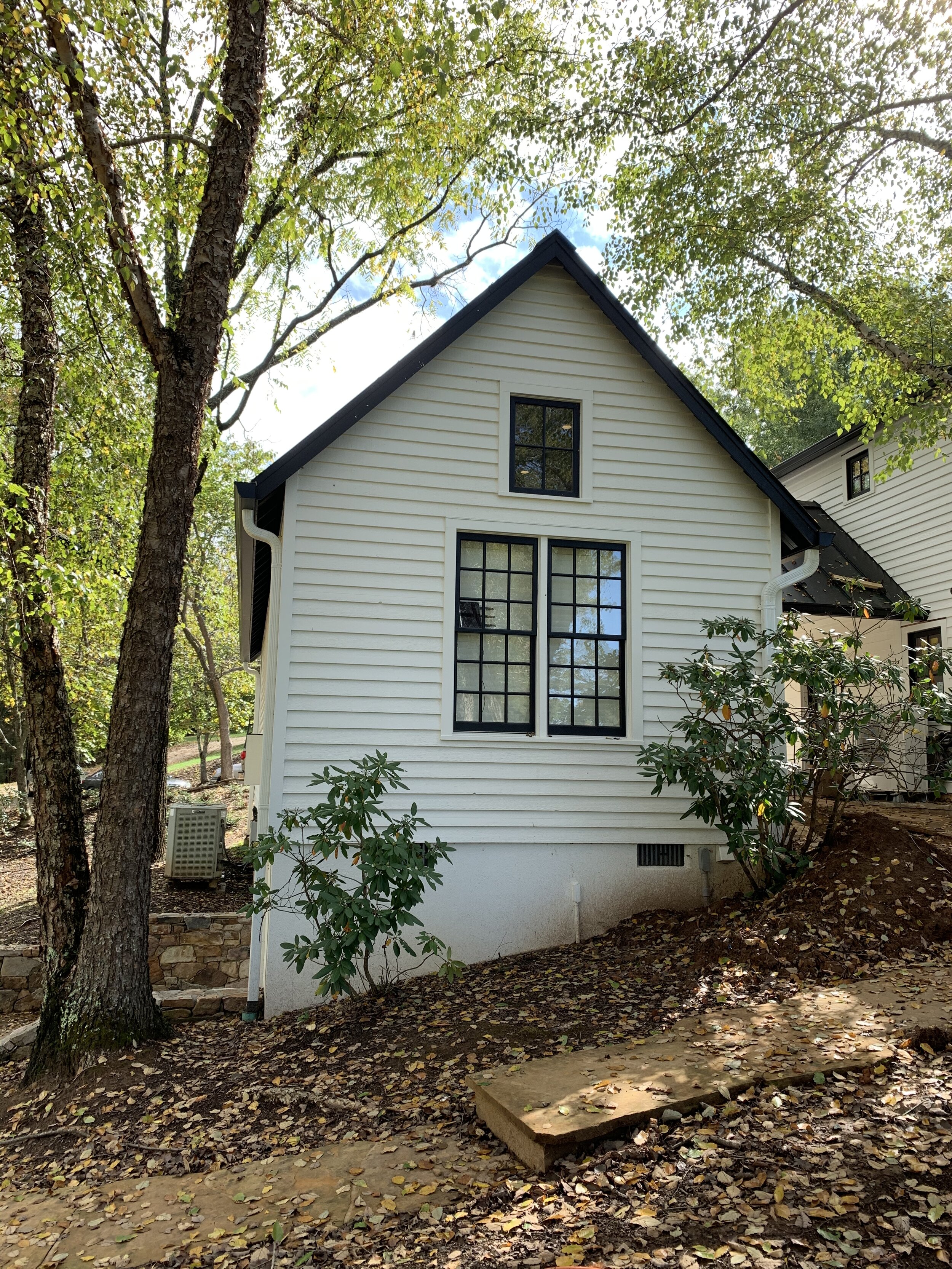
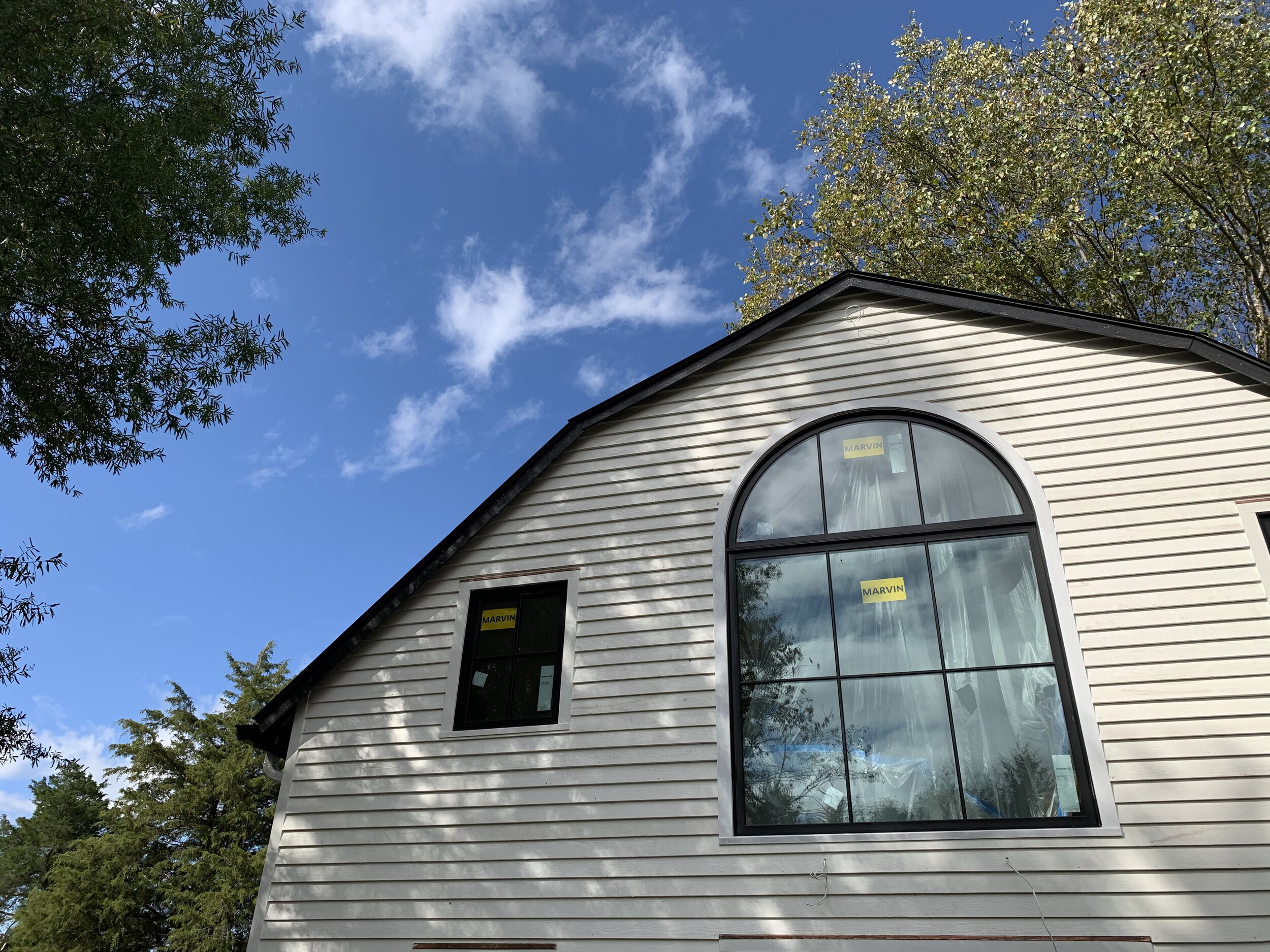
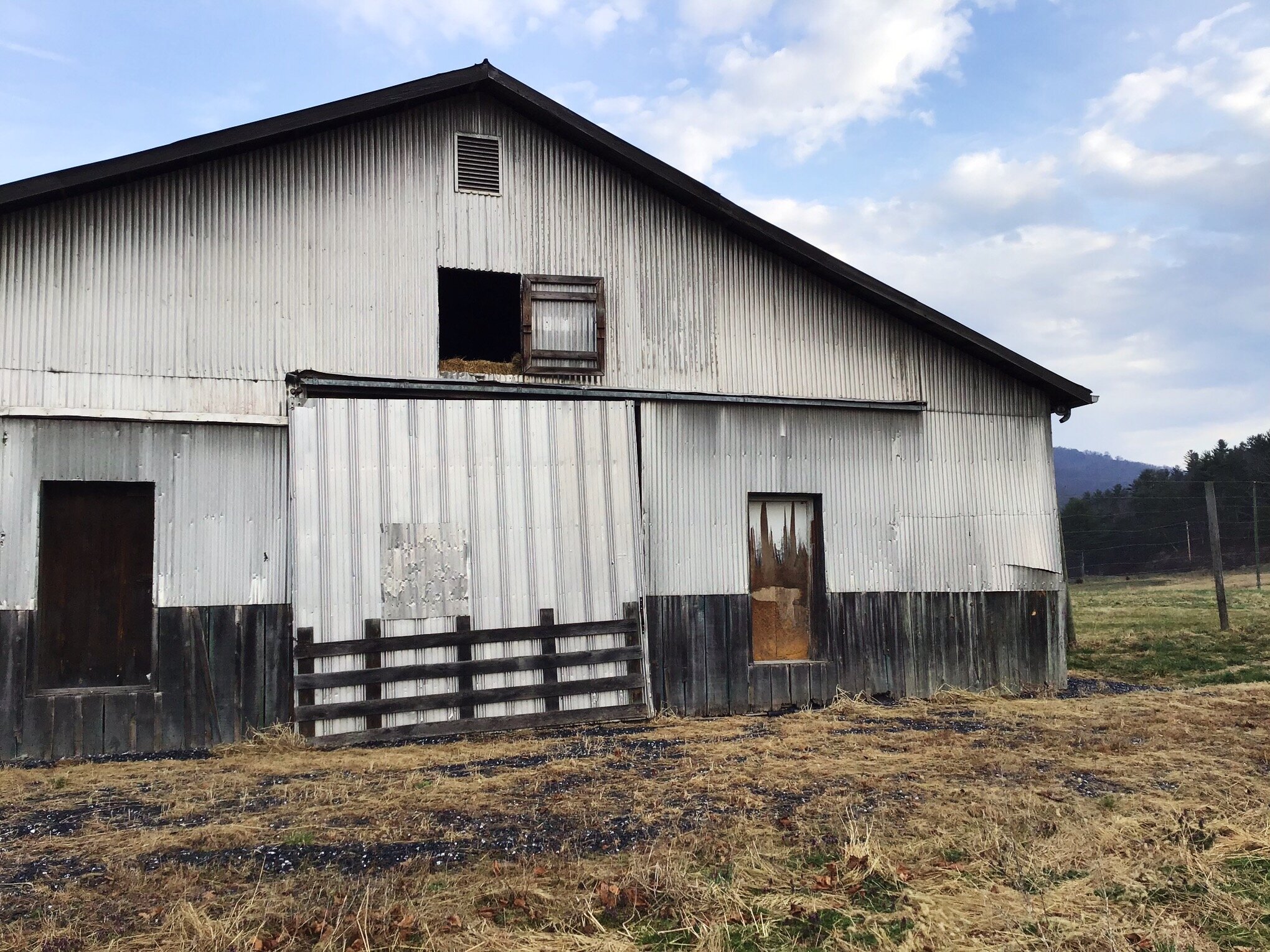

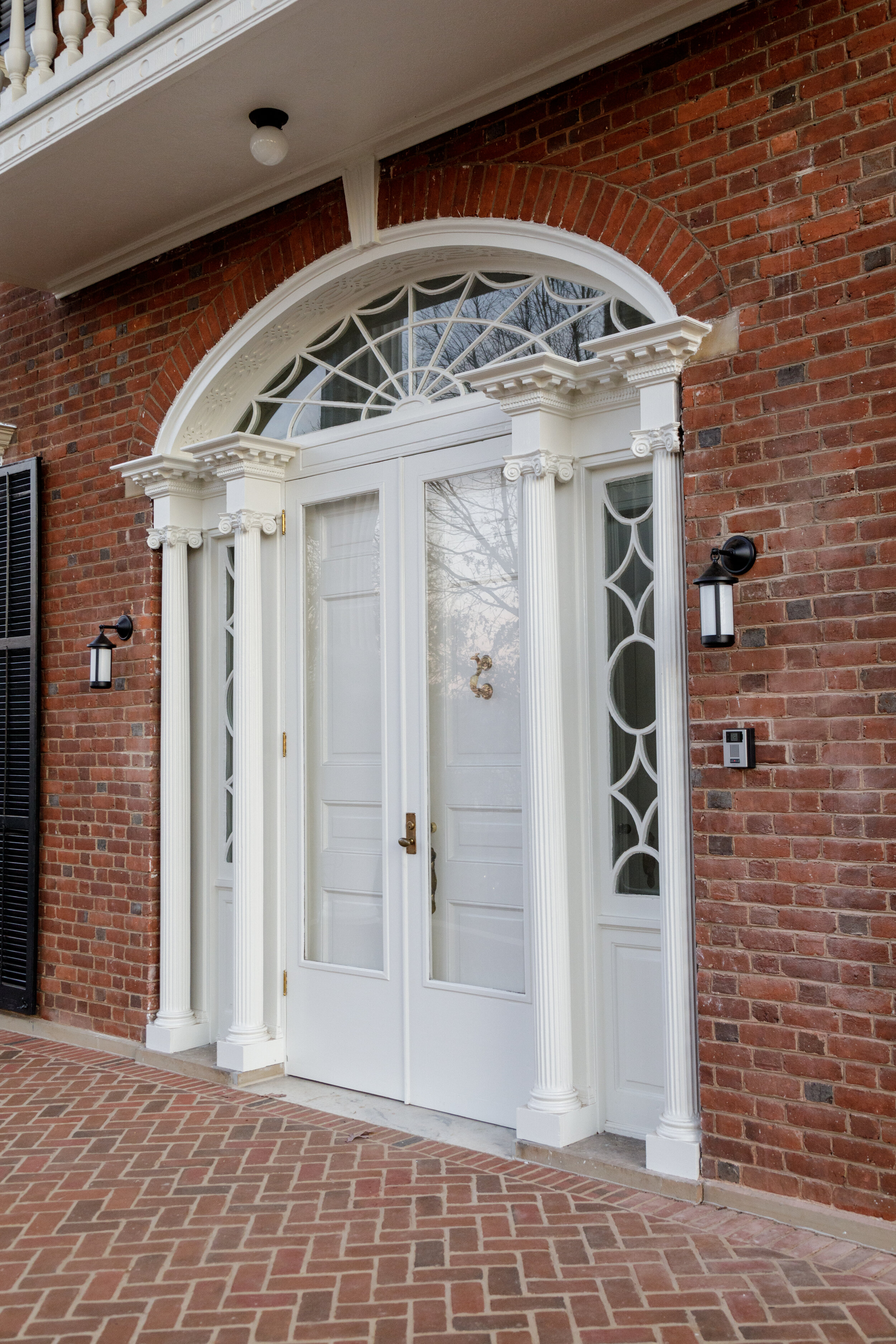
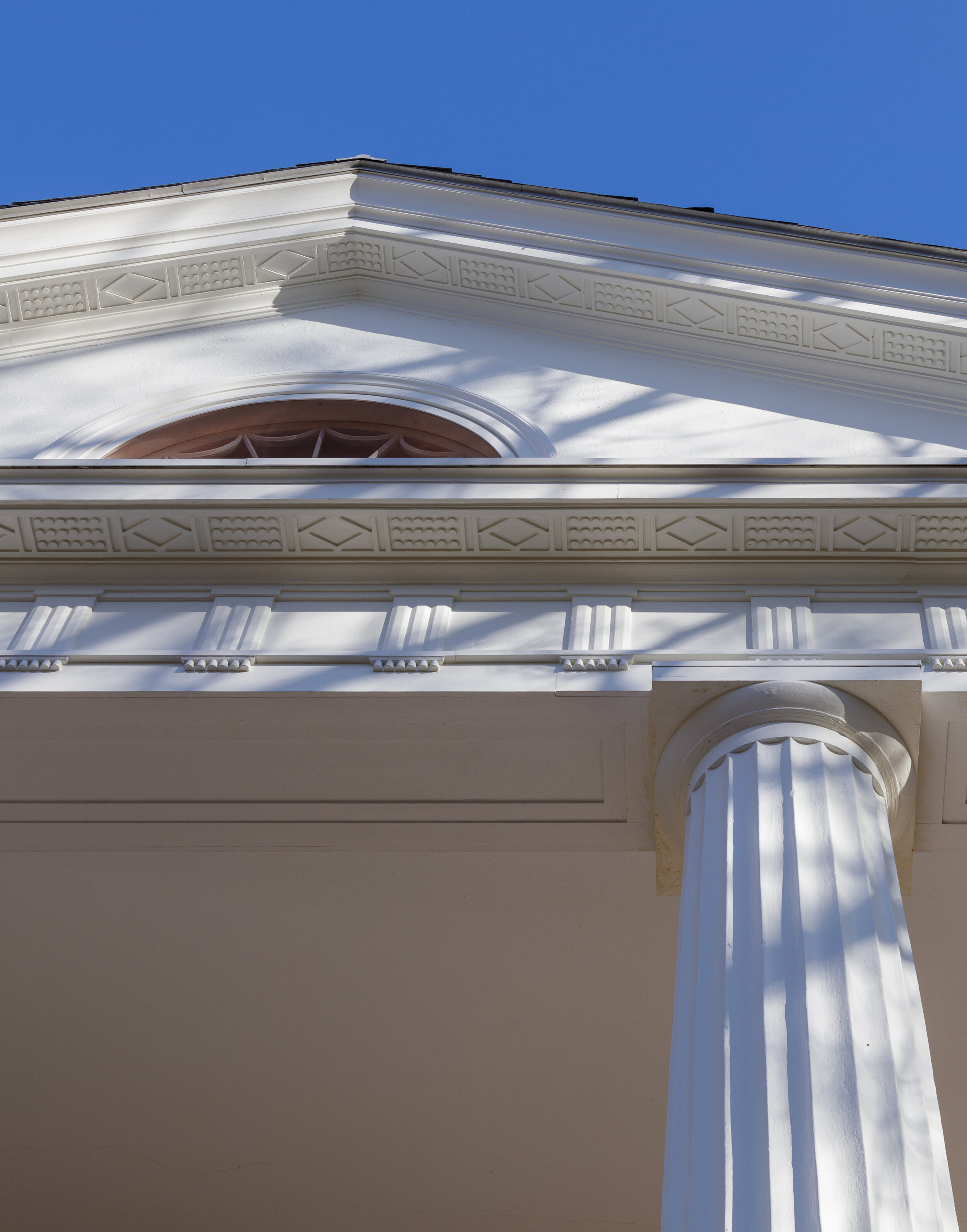
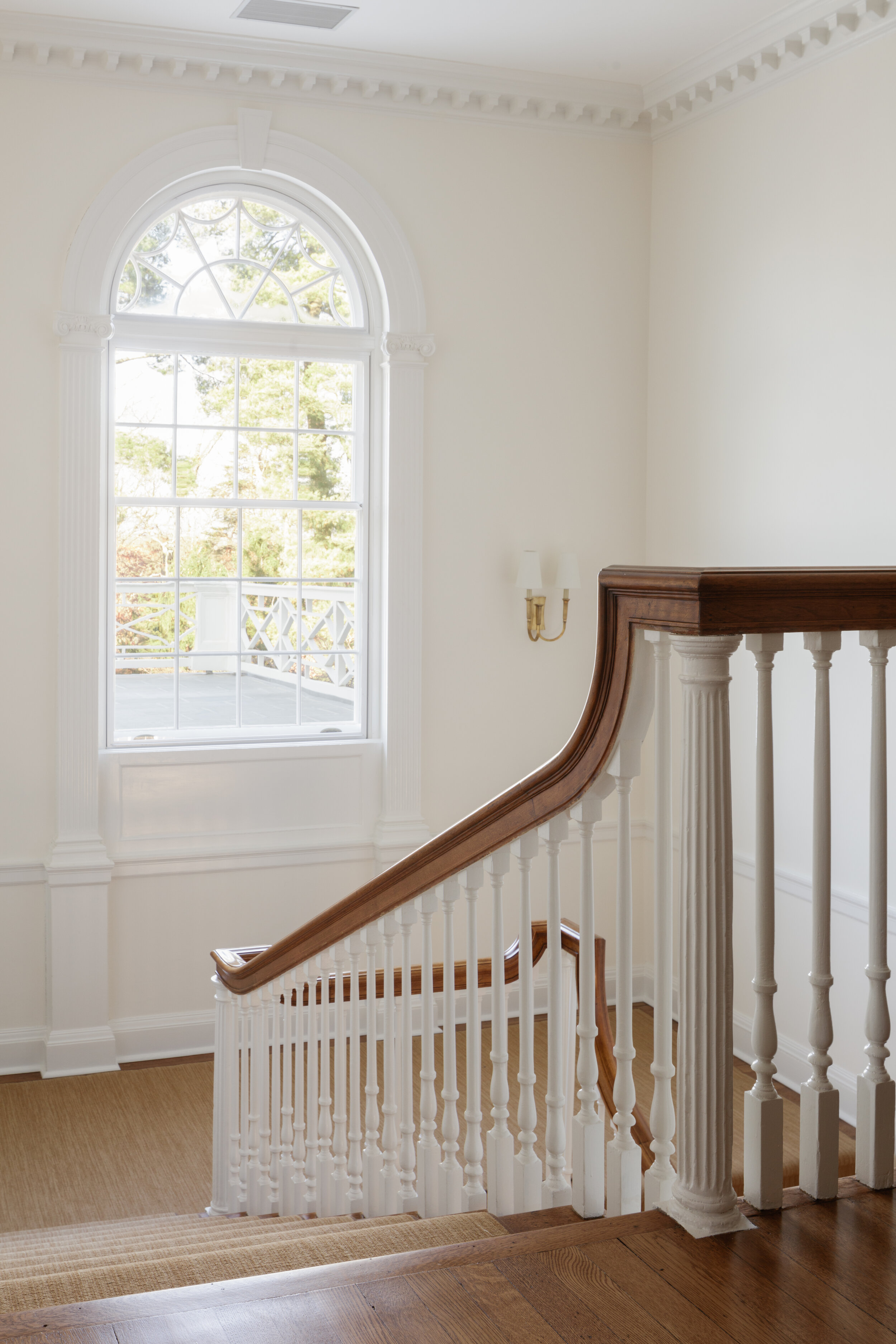
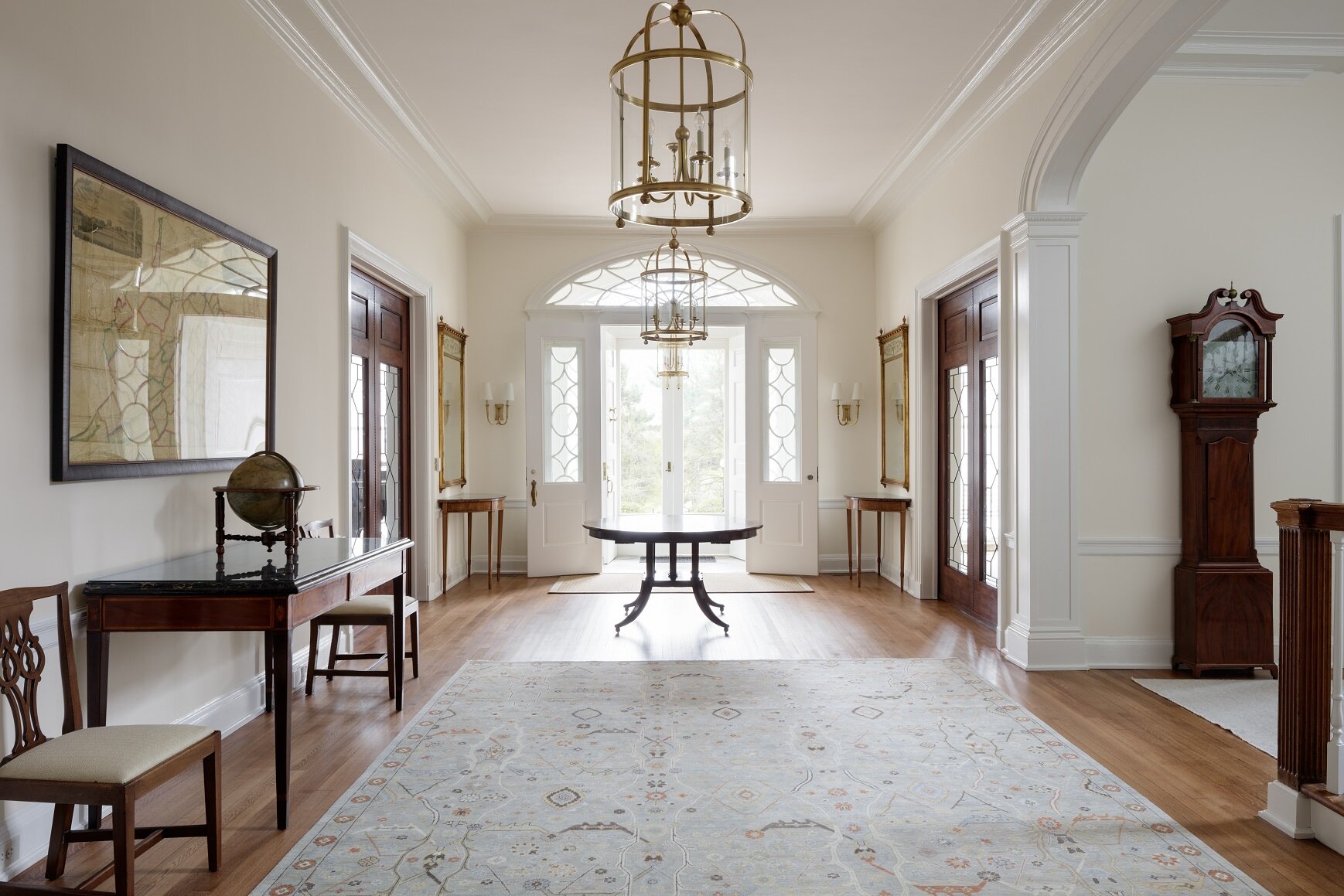
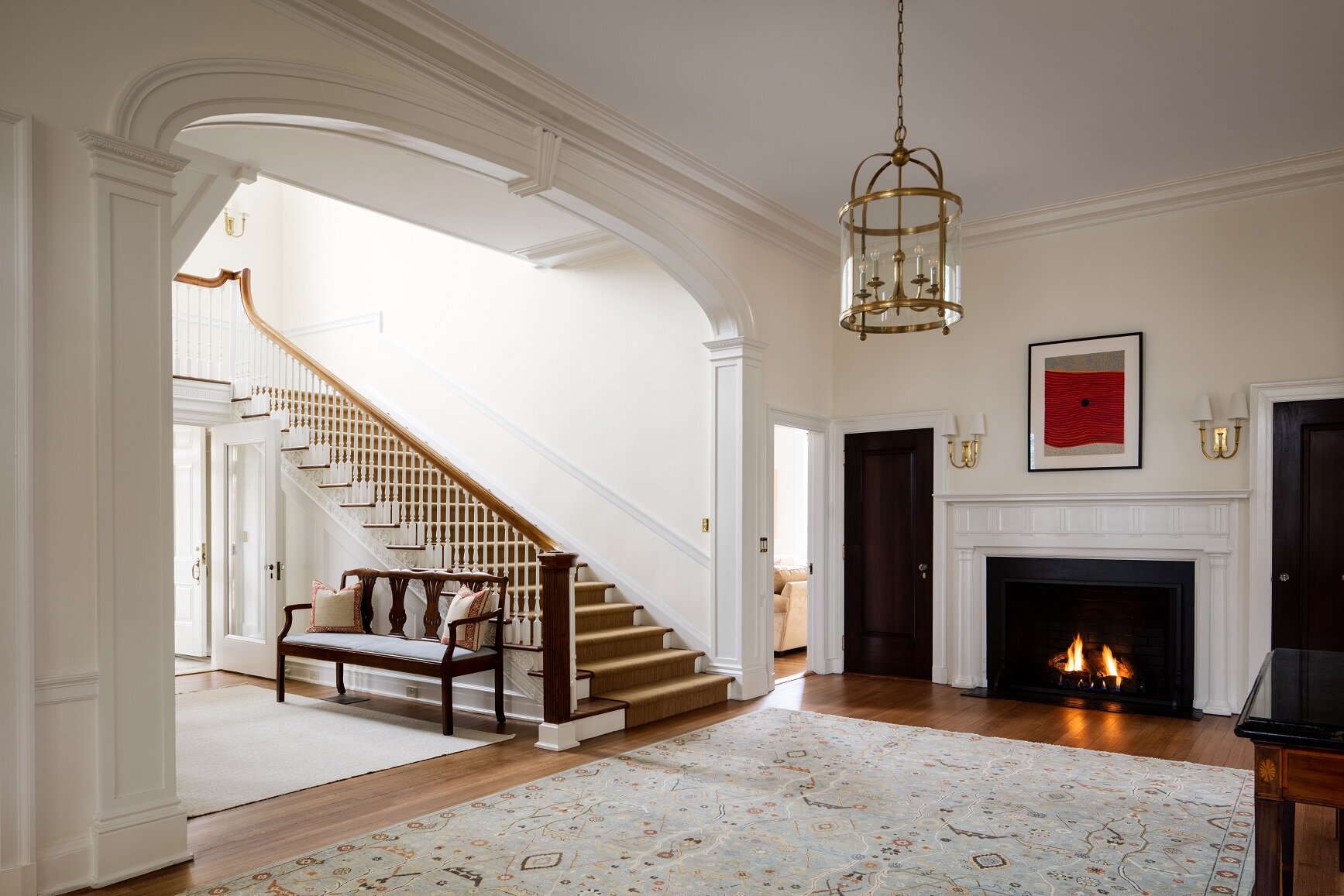
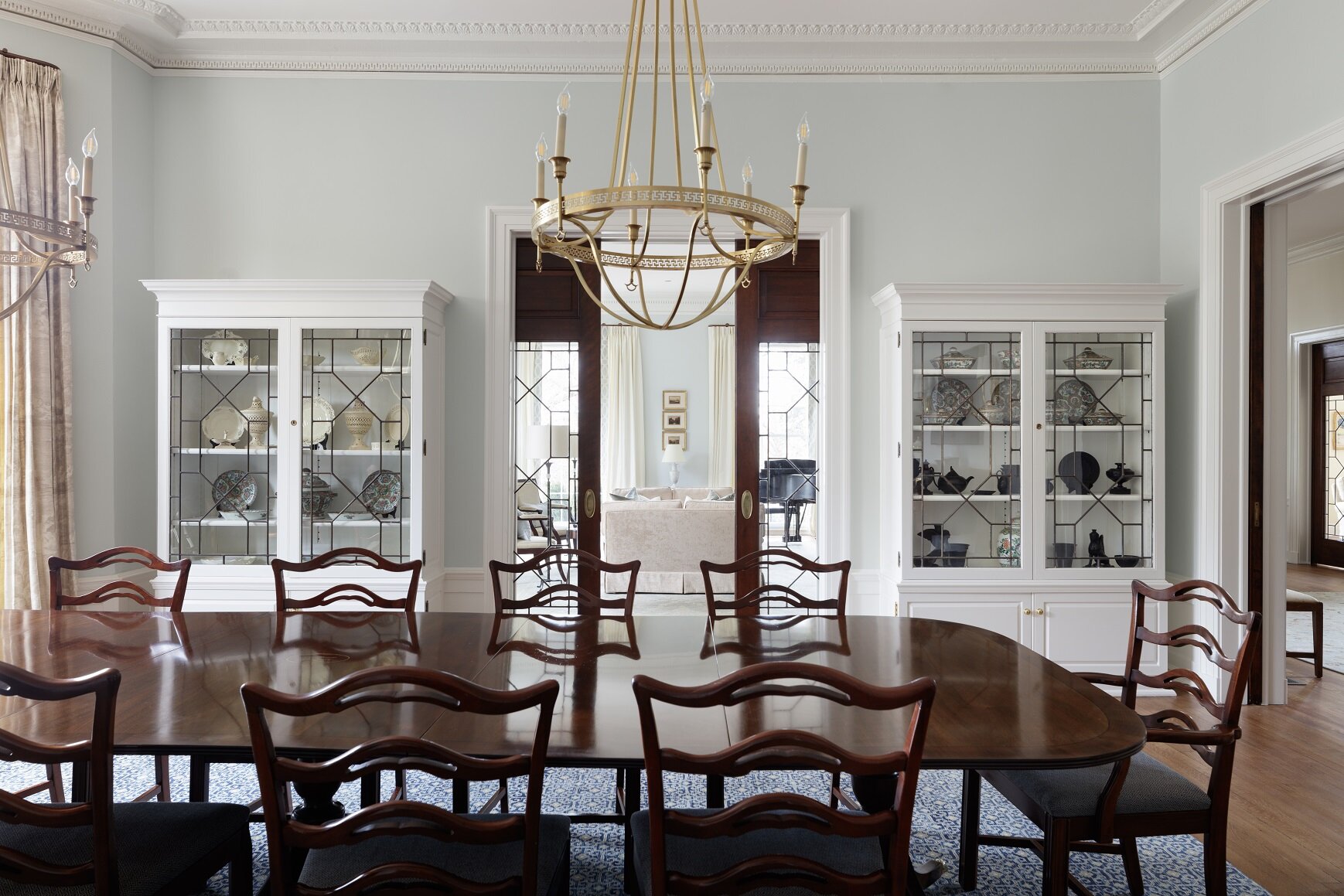

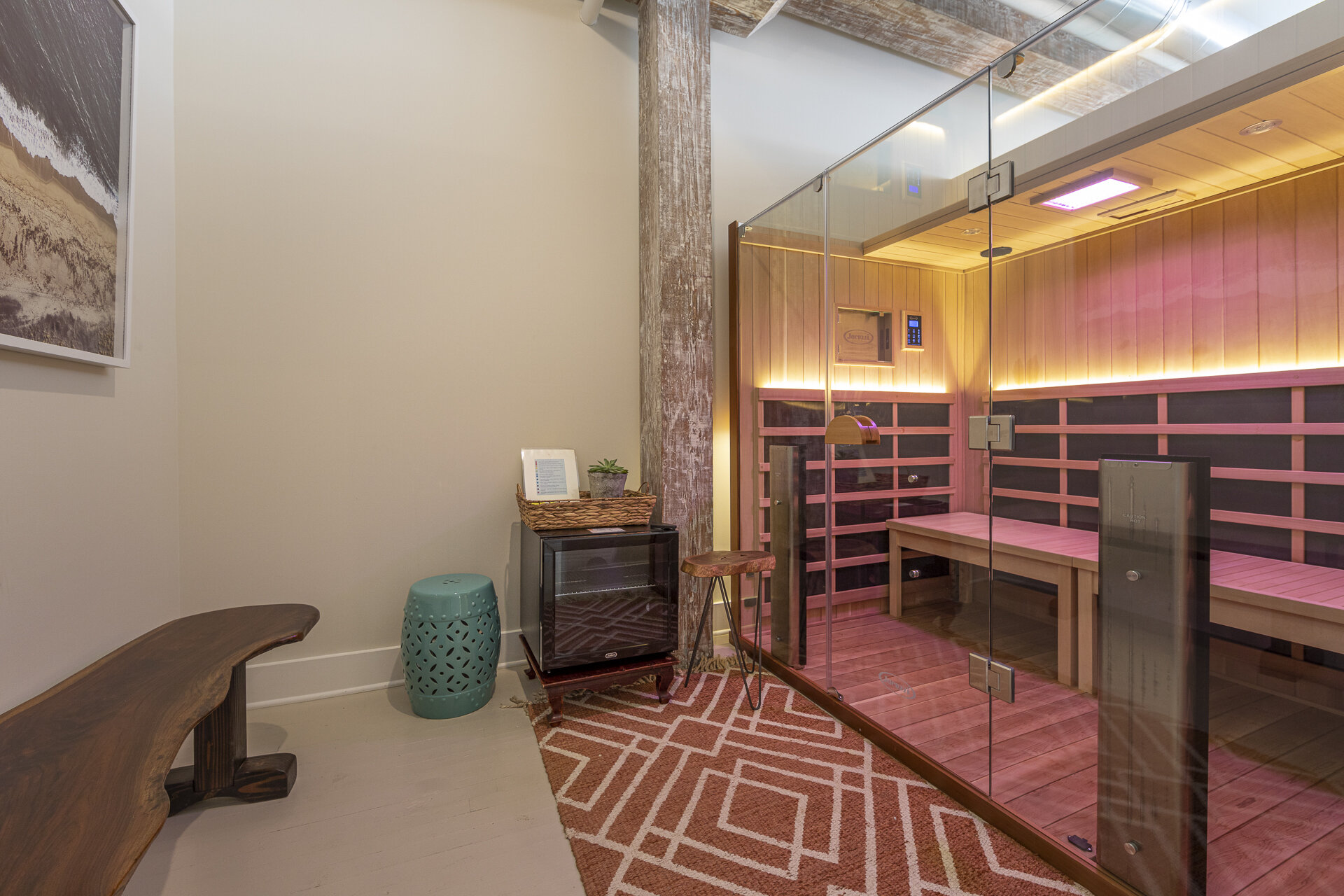



![[Group 0]-Golden_140507_1107_2312_Golden_140507_1107_2320-9 images_0000.jpg](https://images.squarespace-cdn.com/content/v1/58b97d036b8f5b21b7b95c0d/1602522051070-9RWHM42DPQ3M16YMF5IA/%5BGroup+0%5D-Golden_140507_1107_2312_Golden_140507_1107_2320-9+images_0000.jpg)
